Inca Trail to Machu Picchu, 2024
Few experiences rival the thrill of exploring new destinations and immersing myself in diverse cultures. I find immense joy in discovering magnificent stories of human existence, learning new languages, and delving into the rich history behind UNESCO World Heritage sites. So while planning my travels this year, I thought about a place far, far away from everything I’ve ever experienced: South America.
And let’s be honest, who doesn’t have Machu Picchu on their bucket list?
The Inca Trail
To make the trip a worthwhile experience, I chose to journey to Machu Picchu via the Inca Trail, trekking 4 days and 3 nights through the Andes mountains to fully immerse myself in nature and Inca history. I was fortunate to be accompanied by Simon and my sister in this once-in-a-lifetime adventure.
The legendary Inca Trail was used by Incans as a pilgrimage route to Machu Picchu. The route takes you to exclusive archeological sites along the way used as fortresses, religious spaces, agricultural areas, and urban centers to allow the Inca capital of Cusco to govern neighboring towns like Machu Picchu. The empire was powerful and their systems extremely efficient in delivering food and supplies to and from different elevations. How awesome would it be to hike this exact trail?
The trail is now one-way, shared by us visitors and all the hard-working porters who carried our belongings. Each portion of the trek took us through rugged terrain and lush valleys of the Andean landscape. The vistas were breathtaking, but what truly captivated me was the palpable sense of connection to the past, to a civilization deeply rooted in appreciation for mother earth.
Our journey began at 4am, when the tour bus picked us up in Cusco and started driving into the mountains. We arrived at the tour company’s base camp in the Sacred Valley. Immediately, the porters quickly got to work unloading supplies and packing their bags.
Our first meal at the porter house located at Km 82.
Hot tea, fresh fruit, and toast in the crisp morning air… not bad.
Weighing our overnight duffel bags before dropping them off with the porters. There are regulations around the maximum amount of weight they’re allowed to carry, 25kg, which is approximately 3 of our bags.
Starting our hike right after the Inca Trail checkpoint.
Down at the river level.
The first morning greeted us with sun, and lots of it. Traversing these mountain roads got us warm real quick.
We shared this first part of the route with many horses and mules, and naturally, their droppings.
Stopping at our first Incan site, Patallacta. It was a fortress, built at the perfect lookout point in the mountains to keep watch and signal to other outposts.
We continue along, up and down the mountain terrain. And stopping along the way to catch our breath in the high altitude and admire the mountains. So. Much. Mountain.
Rest stops had us fighting for shade.
Our first lunch in the wilderness was decadent! Lots of fresh meat and veggie dishes to fuel us for the rest of the day.
The gang.
Speedy porters carrying much more weight than we were. Fun fact: In 2002 they held a marathon on the Inca Trail (26 miles) and a local porter beat out all the professional runners with a time of 3.5 hours. Our tour guide tells us that people born in higher elevations have larger lungs so they breathe more efficiently in high altitude.
The village of Wayllabamba, home to the last small hospital on the Inca Trail. This village is also where our lead tour guide Fletcher grew up. His parents still live here, and he stayed behind to briefly see them before catching back up with us. How sweet is that?
During the last stretch of day 1’s trek, rain greeted us. Luckily we had these neon green ponchos handy. So I turned into Shrek.
Arrived at our campsite, Ayapata, just before dusk.
A night full of stars and even a glimpse of the galaxy. Wow.
Spent our first night nestled in the mountains.
Inca History
The purpose of the Inca Trail was religious and ceremonial, a pilgrimage that included rituals to honor the mountains and nature’s elements. The route was far from practical as it takes you up the highest mountain peaks, through dense cloud forests, and down into the jungle. But along the way, you feel a spiritual connection. Ancient Inca ruins also emerge from the mist, offering glimpses into a bygone era. Each site tells a story of a once-great civilization and its ingenuity.
The construction of these archaeological sites demonstrate the Inca philosophy of perfect balance between humans and nature. These sites were built with stone and engineered to last. During the Spanish siege of the Inca capital of Cusco in 1530s, the conquistadors never actually found Machu Picchu. The citadel, along with the rest of these ruins, wasn’t discovered and uncovered until the 1910s. Who knows, there might be more ruins buried beneath the dense vegetation, like the Lost City (or Last City) of Choquequirao. There are so many mysteries lingering in the mountain air that we’ll never truly solve.
Day 2 was the most physically strenuous and mentally challenging day. We woke up with a hot cup of coca tea, and set out at 6am as the porters clapped for us.
Hiking into the jungle.
And stopping at scenic vistas that look like wallpapers.
Gasping for air but happy to be here.
Our first rest stop, Llulluchapampa. Local dogs are the cutest.
We continued along the 3,000-ft ascent with a view of this valley below. We had no tree coverage but the views were worth it.
We arrive at Dead Woman’s Pass, the highest point of our trek at 13,779 ft in elevation. We had conquered the hardest part of the Inca Trail.
Even the porters took a long break. “Haku haku” we’d cheer them encouragingly every time they passed us. In Quechua, their native tongue, it means “let’s go!”
Dead woman.
Alive woman.
A well-deserved group photo and huddle. This ascent was a test of physical endurance and mental resilience, rewarded with incredible panoramic views.
Annnnnd here comes the descent, down to Pacaymayu Valley.
Can you believe the Incans moved this much stone to build this trail that has stood for centuries?
Simon going at his own pace, slow and steady.
The vistas were otherworldly.
A view of Dead Woman’s Pass from below. Can you spot the silhouette of a woman lying in her final resting place on top of the mountain?
Lunch time! Here’s our little dining tent.
And our extraordinarily delicious meal, prepared in the mountains. At this point we’d all become so comfortable with each other we’d skip the niceties and dig right in, ha!
Post-lunch siesta, mentally preparing to ascend the second pass of the day.
But along the way we stopped at Runkuracay, a spot for messengers to gather back in the day. Because the Incans didn’t read or write, they communicated information from Machu Picchu to Cusco city via rope knots that only the nobility would understand. The messengers would relay race to get these ropes across the Incan trail as fast as possible.
A view of our campsite for the night. You can’t miss the colorful branding from each of the tour companies. If you couldn’t guess at this point, our tour was neon green.
But first we had to descend into the cloud forest.
Last Incan site of the day, Sayacmarka. This was an urban center where 200 people lived, including religious temples where the Incas worshiped their most important gods: the sun, the moon, the mountains, and more.
Having a blast exploring this castle on the hill under the last embers of daylight.
Sweaty but accomplished.
As the sun set, we quickly made our way to our second campsite within the Vilcabamba mountain range.
Goodnight from Choquicocha.
Father sun & Mama Earth
The Incas worshipped the sun god, the earth mother, and a host of other supernaturals rooted in nature. They believed that man and Pachamama (Mother Earth) lived in harmony. Hiking this trail, it’s easy to see why. It wasn't just about reaching a destination; it was about embracing a way of life, one that celebrates simplicity, resilience, and harmony with nature.
Throughout our time in the Andes, we marveled at the stars with our naked eyes, heard the rolling thunder echo outside our tents, tasted raindrops, melted under the heat of the sun, and sought solace beneath the canopy of trees. We entered the embrace of the cloud forest and felt the roughness of the earth beneath our camping tents. We heard the buzz of mosquitoes and cicadas, smelled the flowers that bloomed, echoed the birds that chirp, and listened to the constant serenade of flowing creeks and cascading waterfalls, enveloping us in the tranquil embrace of the mountain.
This adventure left me with a renewed appreciation for the beauty and wonder of our planet.
Starting off day 3 after a better night of sleep.
A glimpse of the chef’s stove. Where nature is your kitchen.
This day was fun. We had an easy hike scheduled, and time to learn about the flora and fauna around us.
The humidity set in as we descended deeper into the jungle. This portion of of the trail was called “Inca flat.”
Our tour guides show us how mountain folk would braid grass to create rope bridges and thatch roofs.
Magic mushrooms.
A rest stop with llamas!
And an opportunity to snap a group pic with our porters. There were 24 porters and 2 chefs supporting our group of 15.
Someone had the idea to try carrying the porters’ bags.
I attempted to squat and landed on my butt. LOL.
We hiked down to Phuyupatamarca, another Incan site also known as "The Place in the Clouds.” The mist of the high jungle rises up to the archaeological complex and fills the whole place with a thick mist.
Moss emerging around the stone walls. Hard to believe these archaeological Incan sites were covered by vegetation for hundreds of years.
Fletcher teaches us about the the Incan religion. Since he grew up in the mountains but now lives in Cusco, he identifies with a blend of Catholicism and the traditional Andean religion.
We apply our learning in the form of Incan symbol doodles as we waited for our tour guides to catch up.
Not all routes are direct. Sometimes they take you through caves.
Approaching our next Incan site, Intipata, which served as agricultural terraces.
These farming terraces were built on different levels to help new crops acclimate to different altitudes. Genius!
Look at these floating stone stairs!
We get our first view of Machu Picchu mountain. Wow.
Probably my favorite photo from the trek. How lucky we are to sit in the magnificence of nature and take in all its beauty.
Our last mountain lunch. The chef demonstrated how he stir-fries lomo saltado, complete with soy sauce and oyster sauce.
I love that Peruvian cooking is so similar to Chinese cooking.
Our last, and most magical Incan site of the trek: Wiñay Wayna. I was breathless.
Walking into Wiñay Wayna felt like riding Disneyland’s “Soarin’ Over California”, but in real life. My jaw dropped to the floor.
The windows of this site peek out into the jungle and an enchanting waterfall.
Unfortunately, the rain came in before we had the chance to explore much, and we quickly waddled back to our campsite. On this last night we organized a small but sweet thank you ceremony with the entire porter team.
The tour
I chose to do this trek with Alpaca Expeditions, based on raving reviews from coworkers and the internet. Porters work insanely hard and this company treats them well. Fletcher tells us that many of them do what they do because their only alternative would be to farm. Most of them come from the mountain villages, and speak dialects of Quechua, an indigenous native language that the Inca people also spoke.
As we observed over our few days with the tour, the logistics behind the porters’ schedule is insane. In the U.S., we typically backpack and camp using our cars to carry our stuff. Here, everything must be done on foot. The porters follow a strict schedule to pack and carry our bags, tents, food, tables, chairs, and everything used to make food and clean water, to ensure we don’t have to worry about anything but doing the hike itself.
Ultimately, when you do a trip like this, it’s the people that we share it with that make it meaningful. Our guides Fletcher and Wilbur were amazing, and learning about them and their lives added so much color to our understanding of Peru and the Andean people. In fact, Fletcher actually grew up here in the mountains, in the village of Wayllabamba. He told us an inspiring story of how hard his parents worked to get him into school, where he studied tourism. How lucky are we to be a part of his tour!
Day 4 was Machu Picchu! The wake up time was 3am to allow porters to catch the one and only morning porter train out of the mountains. It was cold but endorphins were high!
We started the trek before sunrise, and along the way I got emotional thinking about the end of our journey.
We climb up the last set of stairs fondly referred to as the ‘Gringo Killer’ and reach Sun Gate. With sweat-stained backs, we catch our first glimpse at the 7th Wonder of the World.
The Urubamba River roars below.
While accomplished trekkers take in the scenery.
The sun rises and bathes the mystical realm of Machu Picchu in golden light.
We continue on through the last portion of the Inca Trail, greeted by the most perfect weather.
Wow oh wow. Even that whisper of a cloud is perfect.
We walk towards our last history lesson.
Fletcher tells us the story of how Hiram Bingham discovers Machu Picchu in 1911 with the help of locals.
We stop by the Temple of the Sun, the most important temple of Machu Picchu, used to make sacrifices and hold religious ceremonies.
Simon and I freak out about this ashlar masonry construction. Look at that edge!
Fletcher demonstrates how Incans used water as a level in construction.
The royal residence for the emperor’s visits. Because this room was so important, they built corner stones into their walls to stabilize them from earthquakes.
A look at the urban area (I think). Can you imagine living here in a small community of 800 people? How fun would that be?
Trraces cascade down the mountainside like steps to the heavens.
The Incans respected nature, so everything was built around existing rocks. Observe how they built the stairs upon the existing shape.
The Temple of the Condor was a sight to behold, a spectacular example of what the Incas could do with the stones in their natural position. The temple takes advantage of the natural living rock of the mountain, adapting its shape to resemble the wings of a huge bird. On the ground, a huge stone is carved in the shape of the head of the condor, one of the three sacred animals of the Inca culture.
One last look at the beautiful citadel.
Before conquering our very last hike of the trip: Huayna Picchu. When you look at classic photos of Machu Picchu, the mountain you’re actually looking at is Huayna Picchu. It rises 850 ft over the citadel and we had 2 hours to get up and back down. Our guide Wilbur (in neon green) runs up the steps, and waits for us to catch up.
Wilbur chills while Shirley faces her two biggest enemies, mosquitoes and humidity, to complete the last portion of the climb, known as the Stairs of Death.
Happy campers at the tippy top of Huayna Picchu. According to local guides, the top of the mountain was the residence for the high priest. There was a beautiful panoramic view of Machu Picchu, although space was limited and getting increasingly crowded.
The stairs at the top have a slope of 60 degrees, and for some people, the descent is harder than the climb.
We happily scurried down the stairs at lightning speed.
We took a bus down to the cutest town of Aguas Calientes (Hot Springs) and re-entered civilization.
The most well-deserved meal, complete with a pisco sour that got me red after 2 sips.
Train back to Ollantaytambo and eventually Cusco.
Tips
And last but not least, for friends looking to embark on this adventure in the future:
Go at the right time of year. Summers are wet and winter are dry. And they’re the opposite of our seasons.
Pack for a range of temperatures. You never know what nighttime will be like.
Bring pills for traveler’s diarrhea.
Don’t do a trek if you dislike camping. 3 nights is a long time to not shower.
Don’t do a trek if you can’t stand germs or dirty bathrooms or the general grittiness of living outdoors. For me, the hardest part of the hike was not being able to find a bathroom or a private spot to do my business.
Don’t do a trek if you have knee or ankle problems. There are other ways to get to Machu Picchu.
Trekking poles help, especially on the downhill portions.
Get a Camelback. Offloading my backpack just to reach for my water bottle every 20 minutes got tiring real quick.
Mosquitoes exist in Machu Picchu now because of climate change. Bring repellant.
The sun is also more intense because of climate change. Pack that SPF.
Bring soles to tip porters and use toilets. At least 300 soles.
Savor the route, rather than trying to set a record pace. Enjoy at your own speed.
Completing the legendary Inca Trail is a journey that intertwines history, culture, and an endless amount of natural beauty. I feel incredibly blessed to have had the opportunity to set foot on this ancient pathway once used by the Incas. And nerding out about the engineering along the way.
The trek itself was also a pilgrimage of self-discovery. What happens when you don’t have the conveniences of daily life? Where you can’t even predict the weather forecast. Or know where you’ll get to use the bathroom next. It’s hard to accept, but your fight or flight mode kicks in and your body adapts. You hold your breath and pee anyway. You step into the glacial temperature shower anyway. Because what other choice do you have?
Alpaca Expeditions’ motto is “The Journey is the Destination.” Even though we were motivated by the destination, this hike was all about the journey itself — the bonds forged with fellow trekkers, the encounters with local Quechua communities along the way, and the personal triumphs in pushing myself mentally and physically.
So, gracias, sulpayki wayki, thank you to all our tour guides, porters, chefs, fellow trekkers, and Simon and Shirley for being a part of this unforgettable adventure.

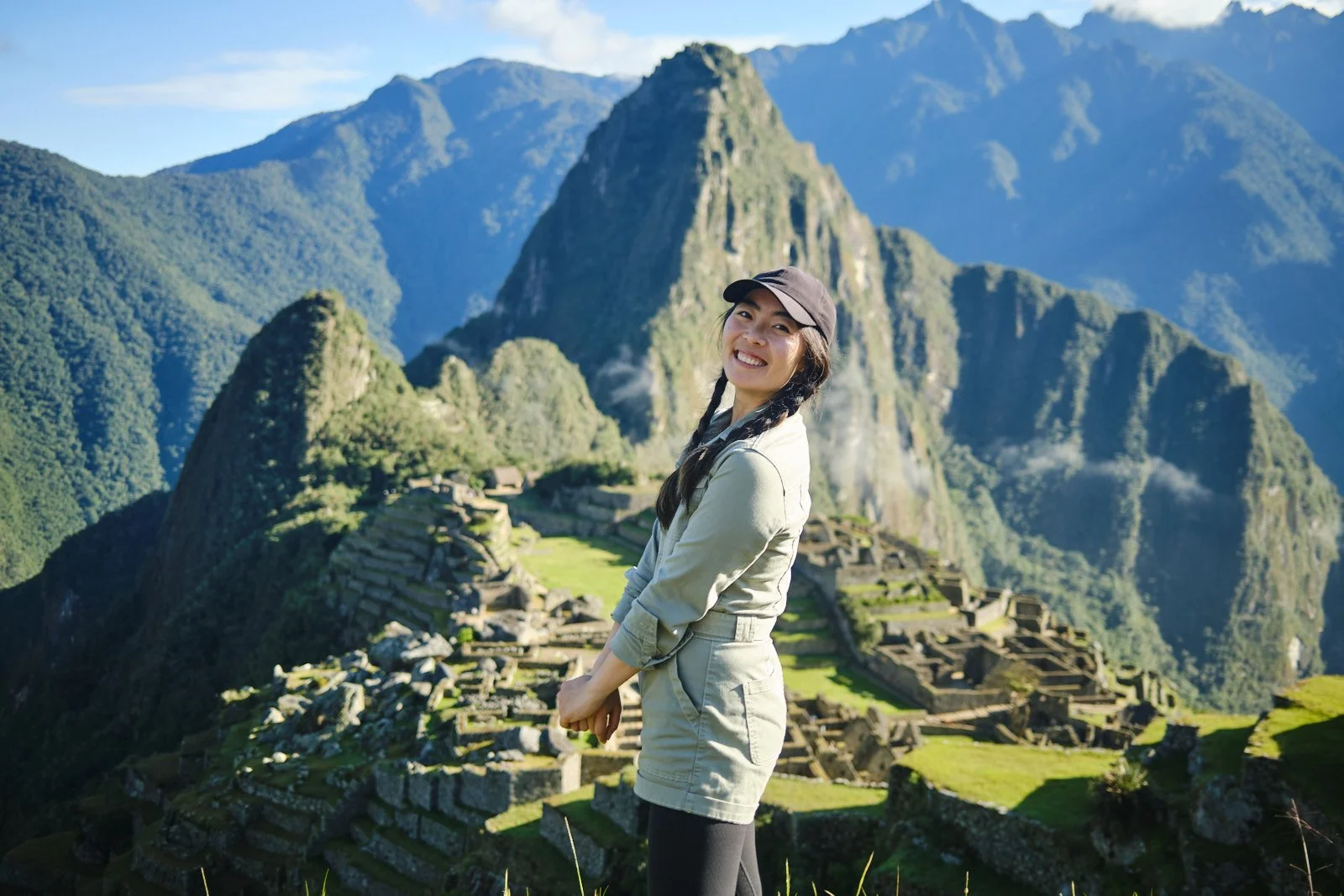

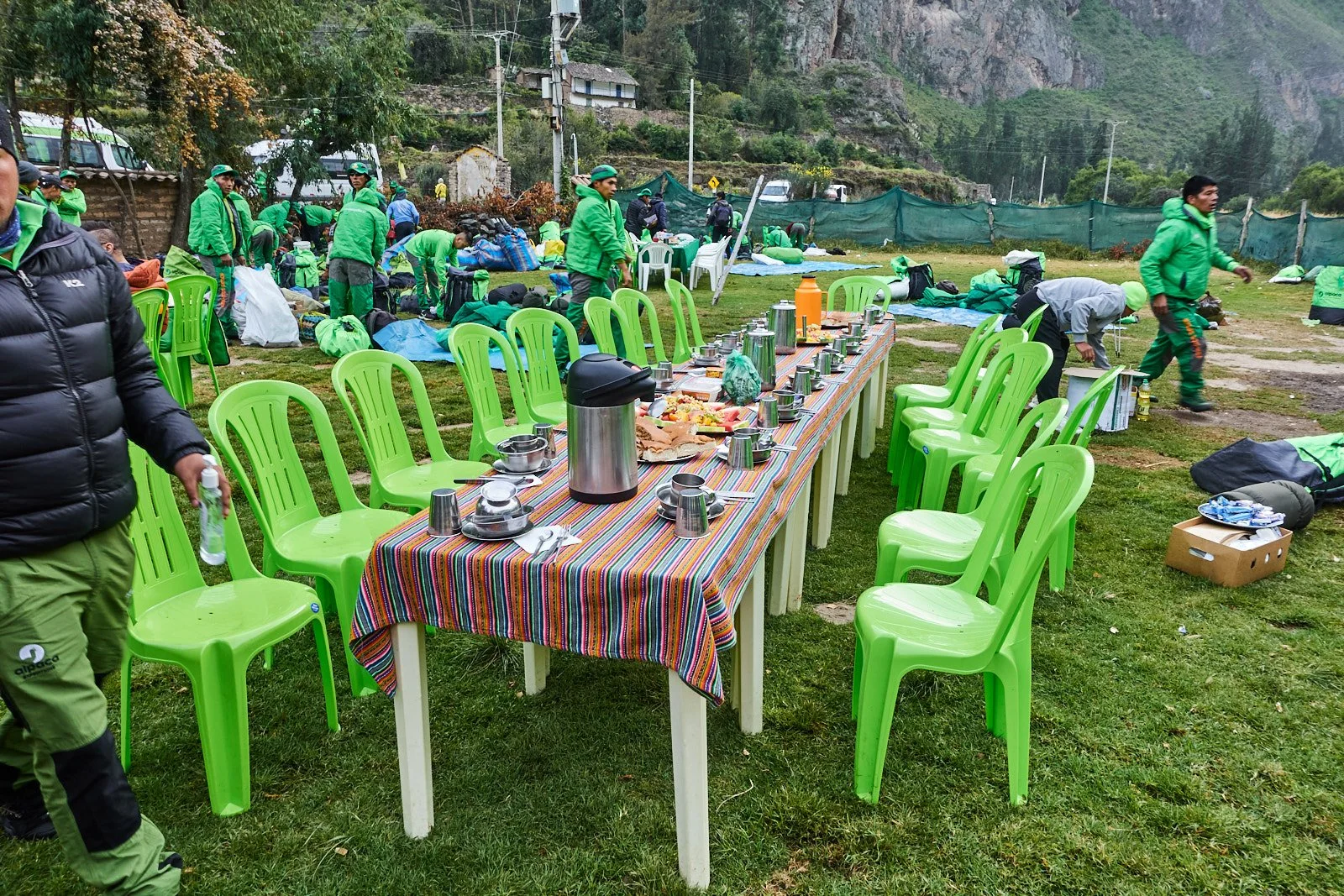

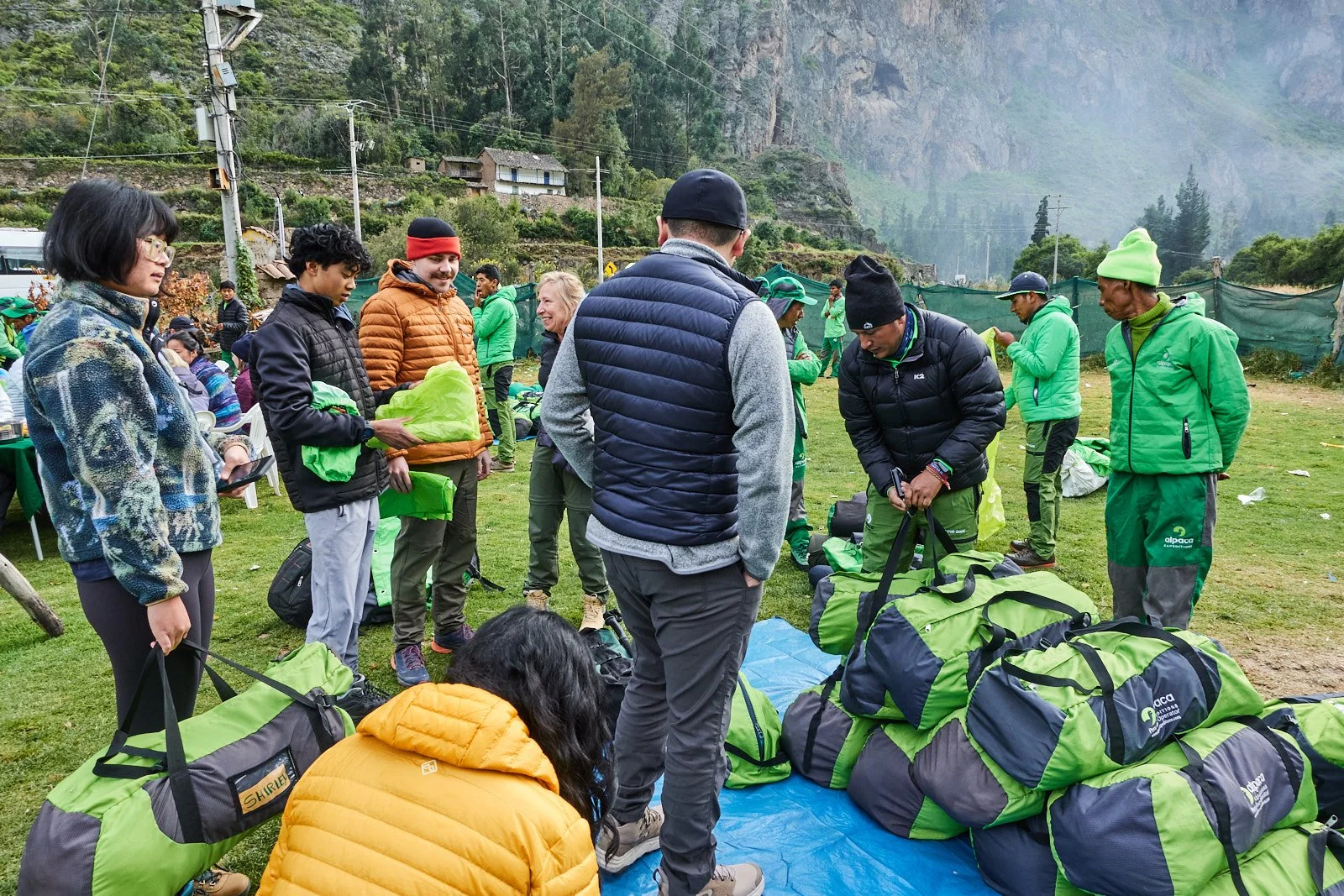

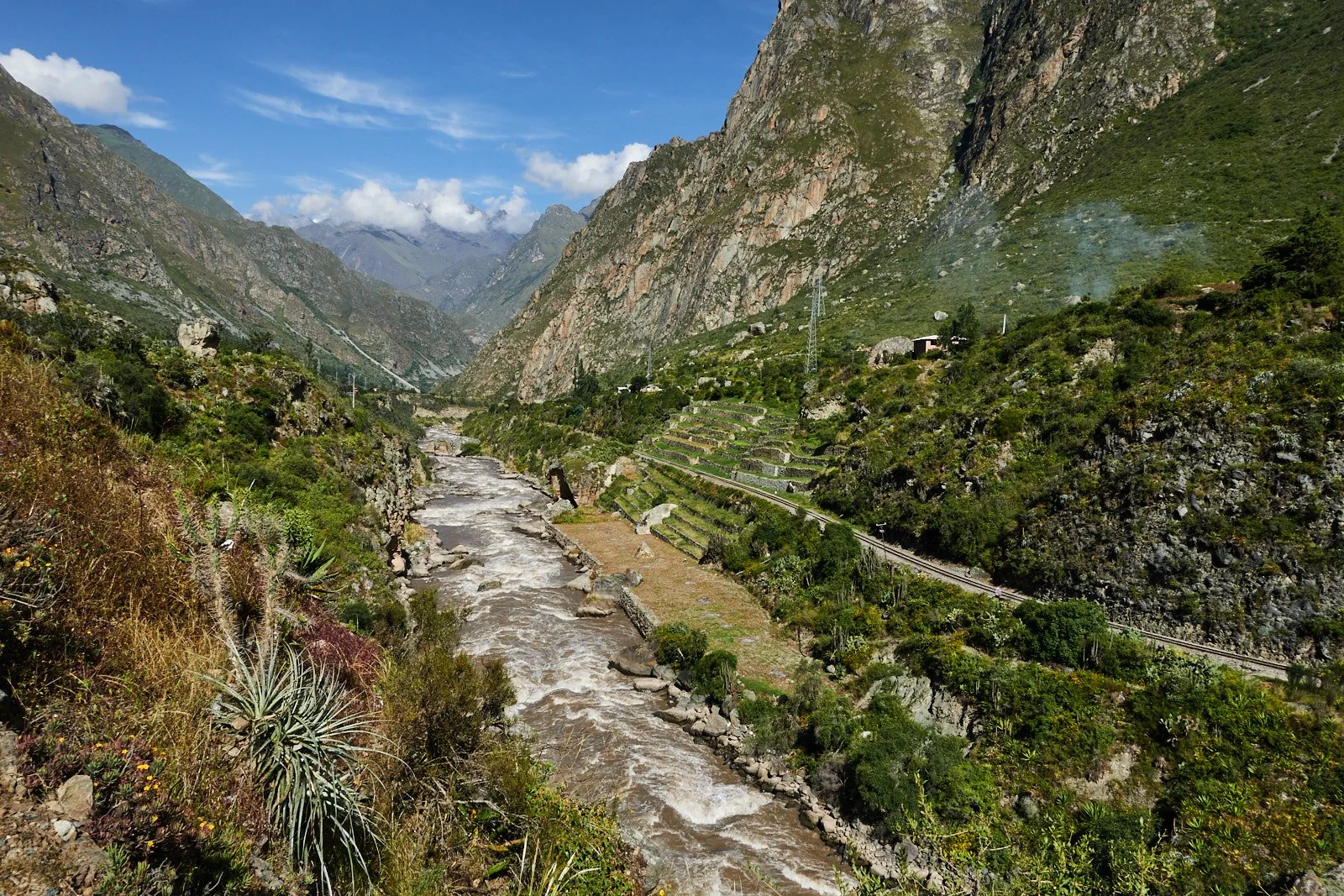
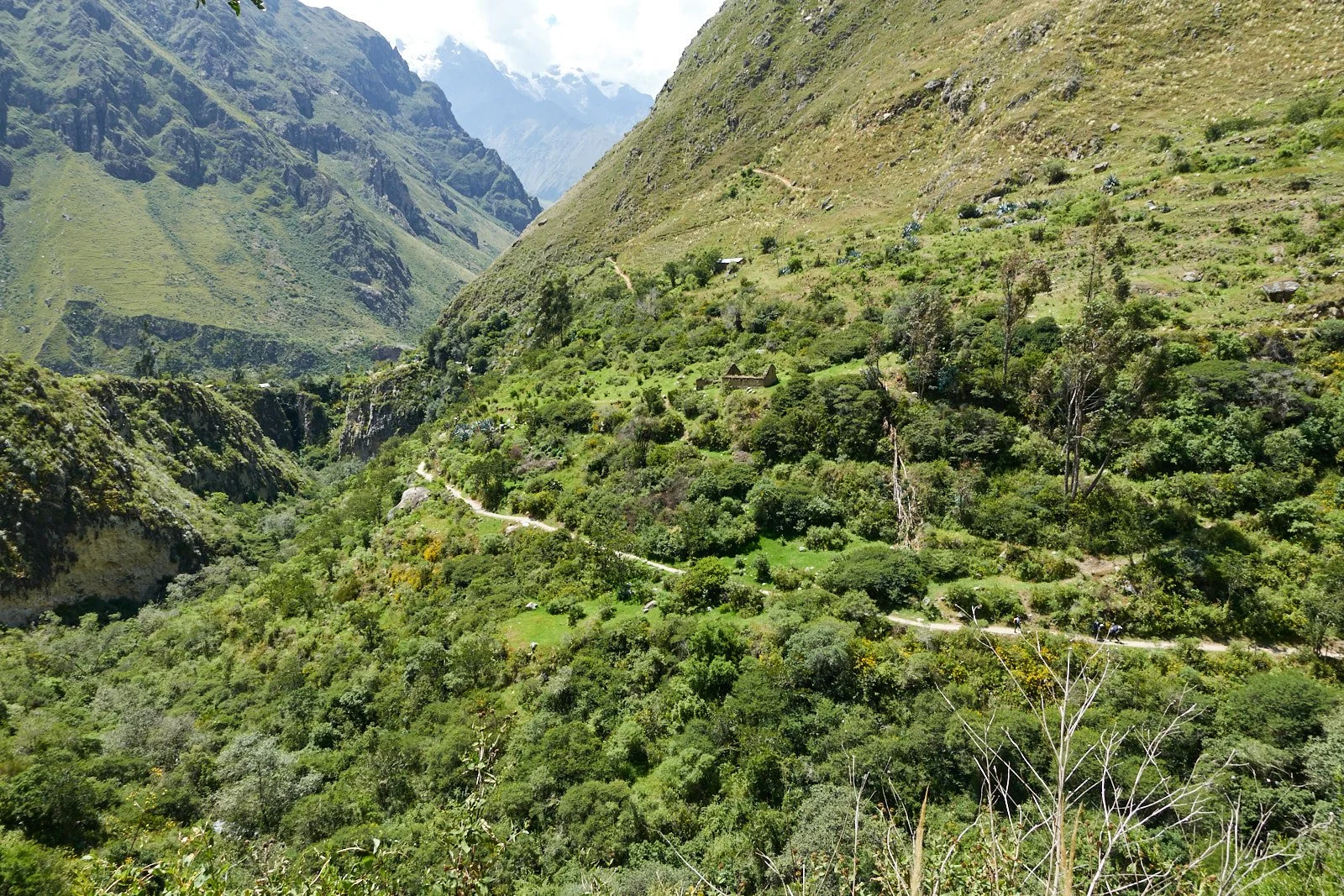



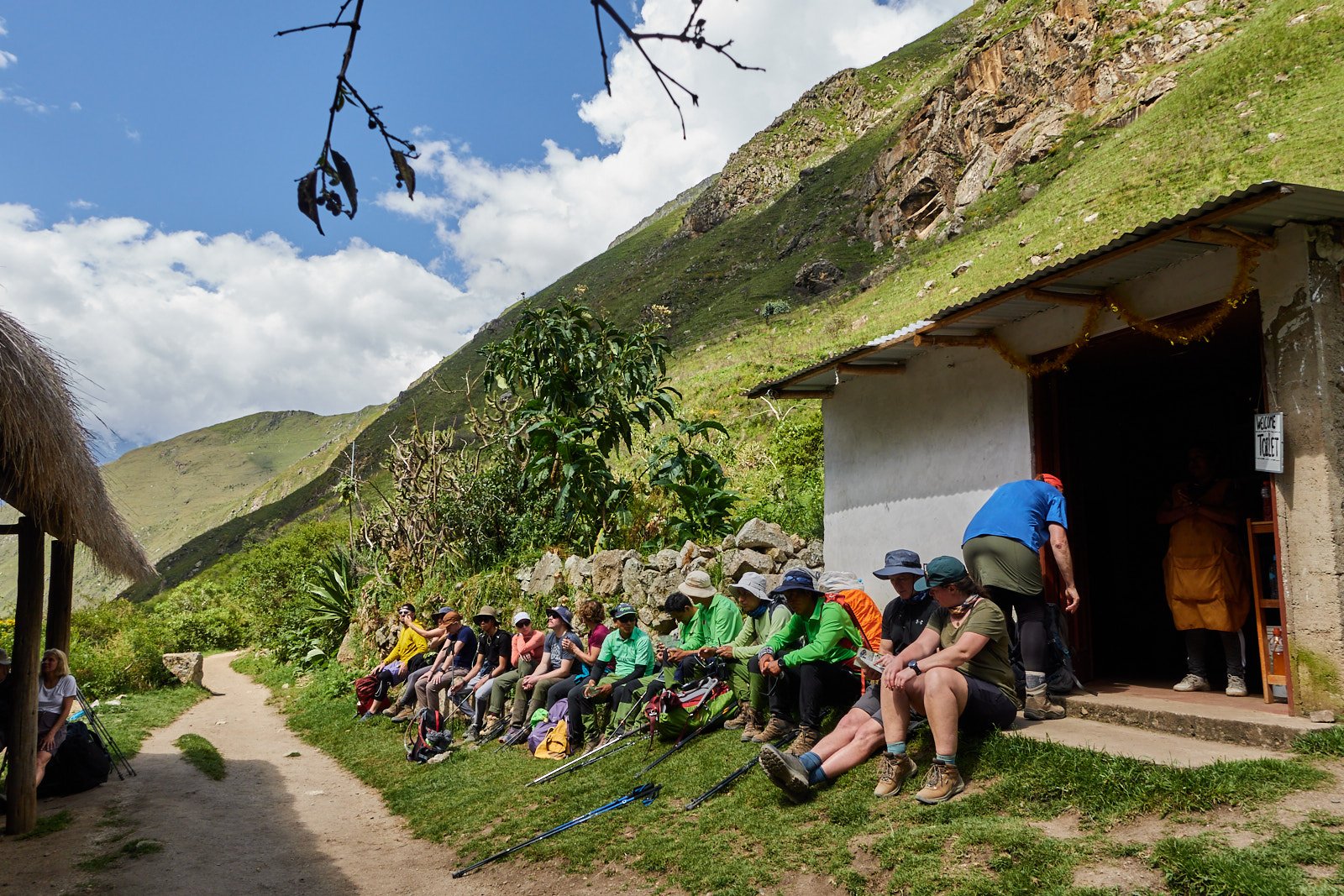



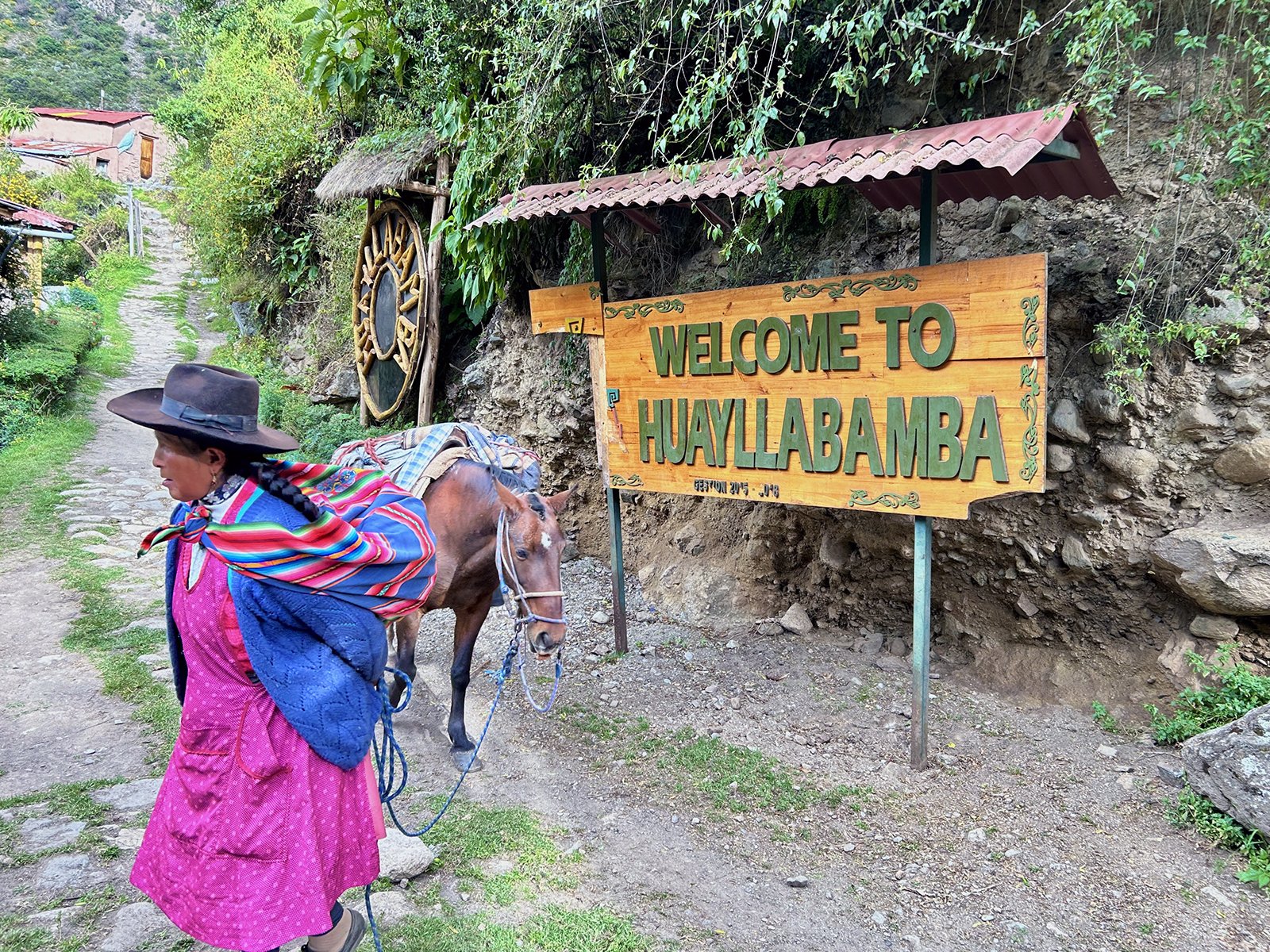

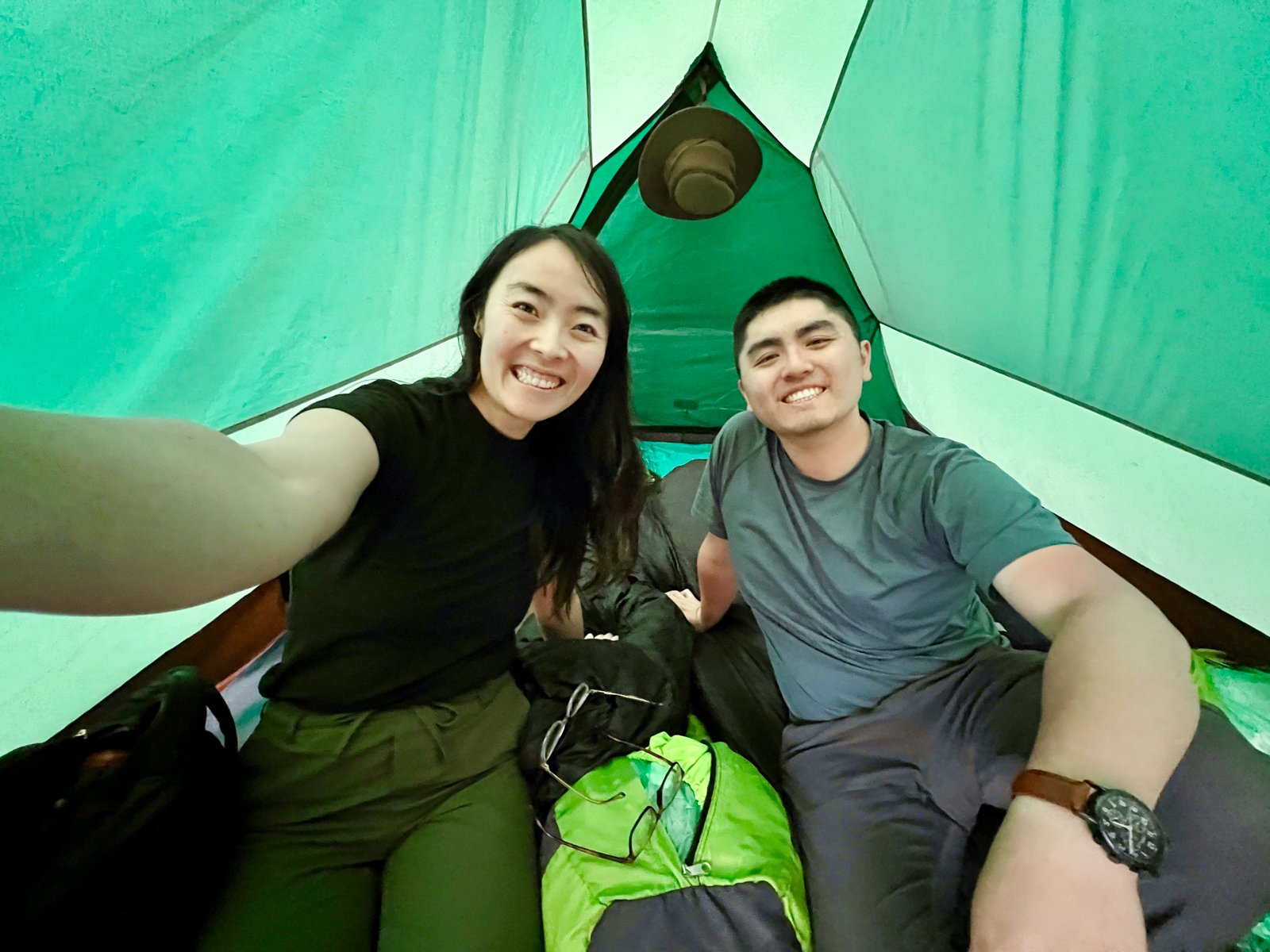
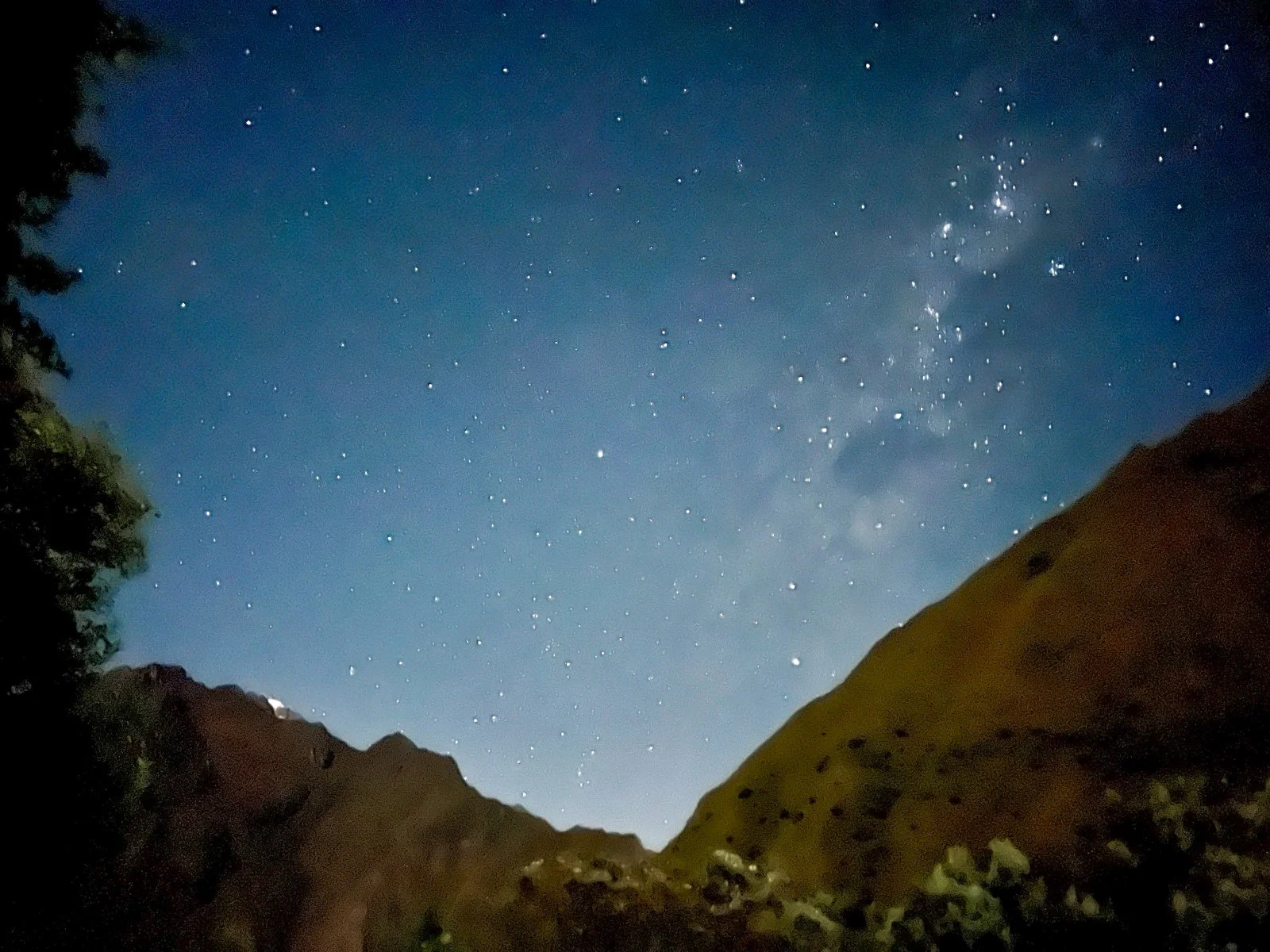

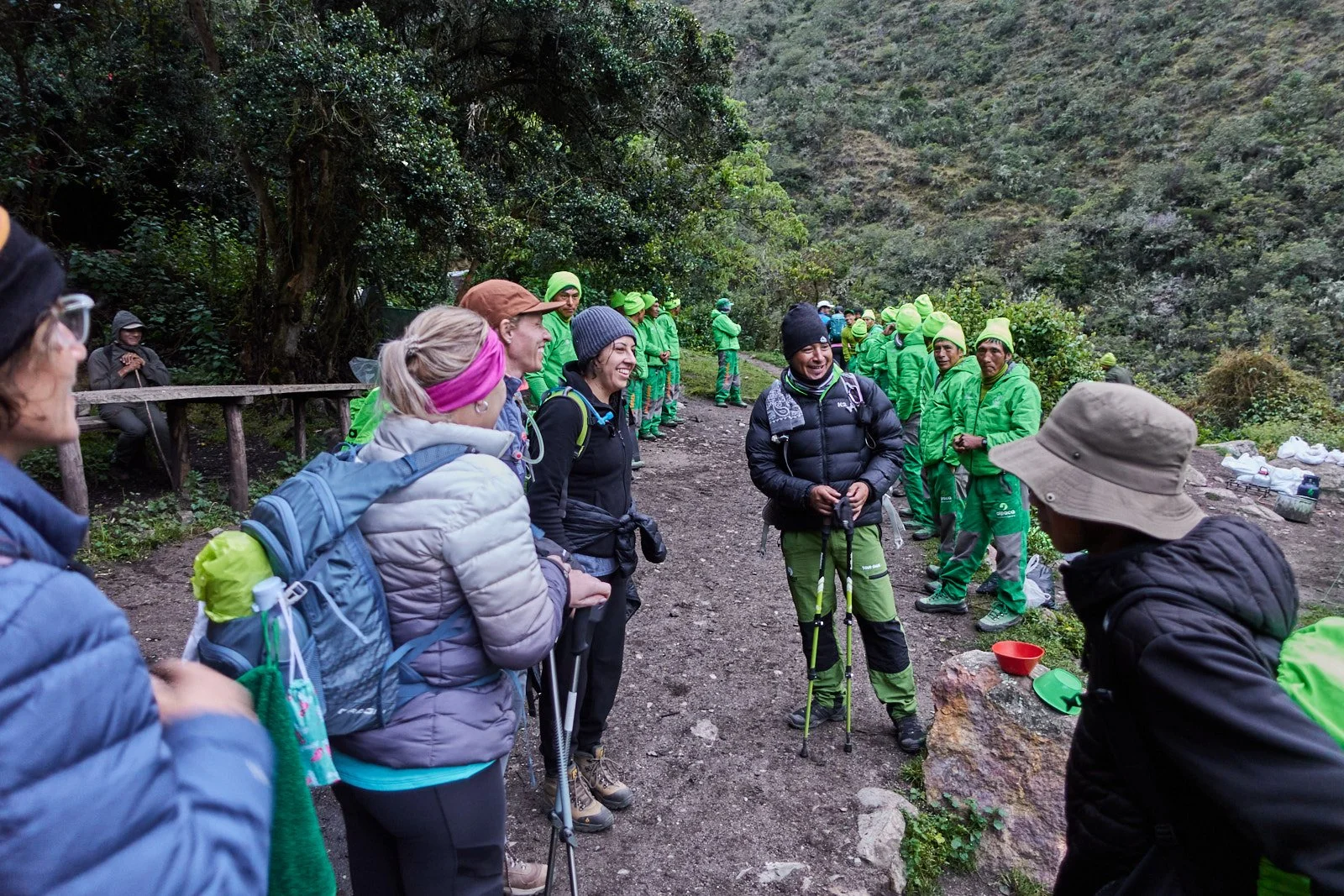





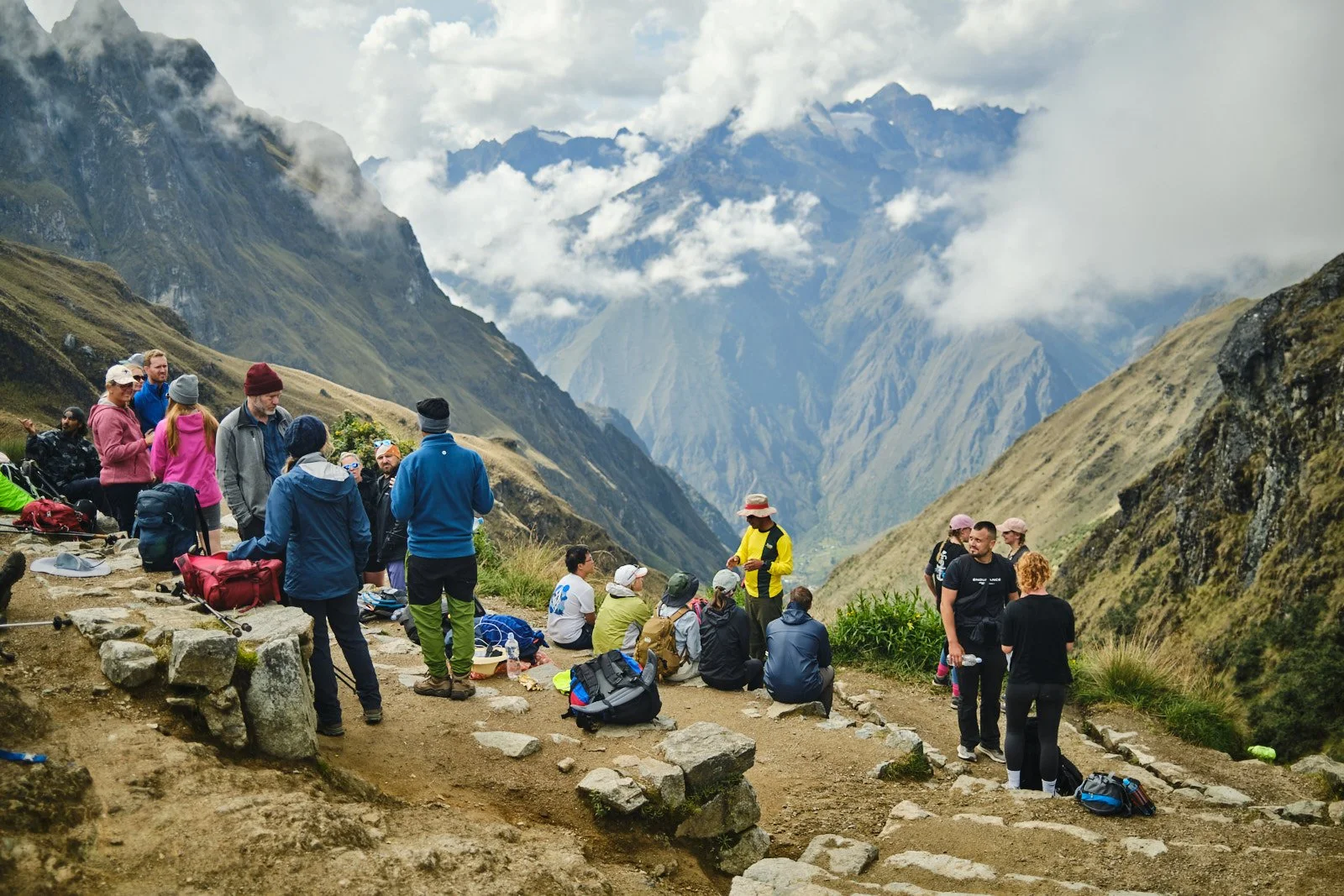
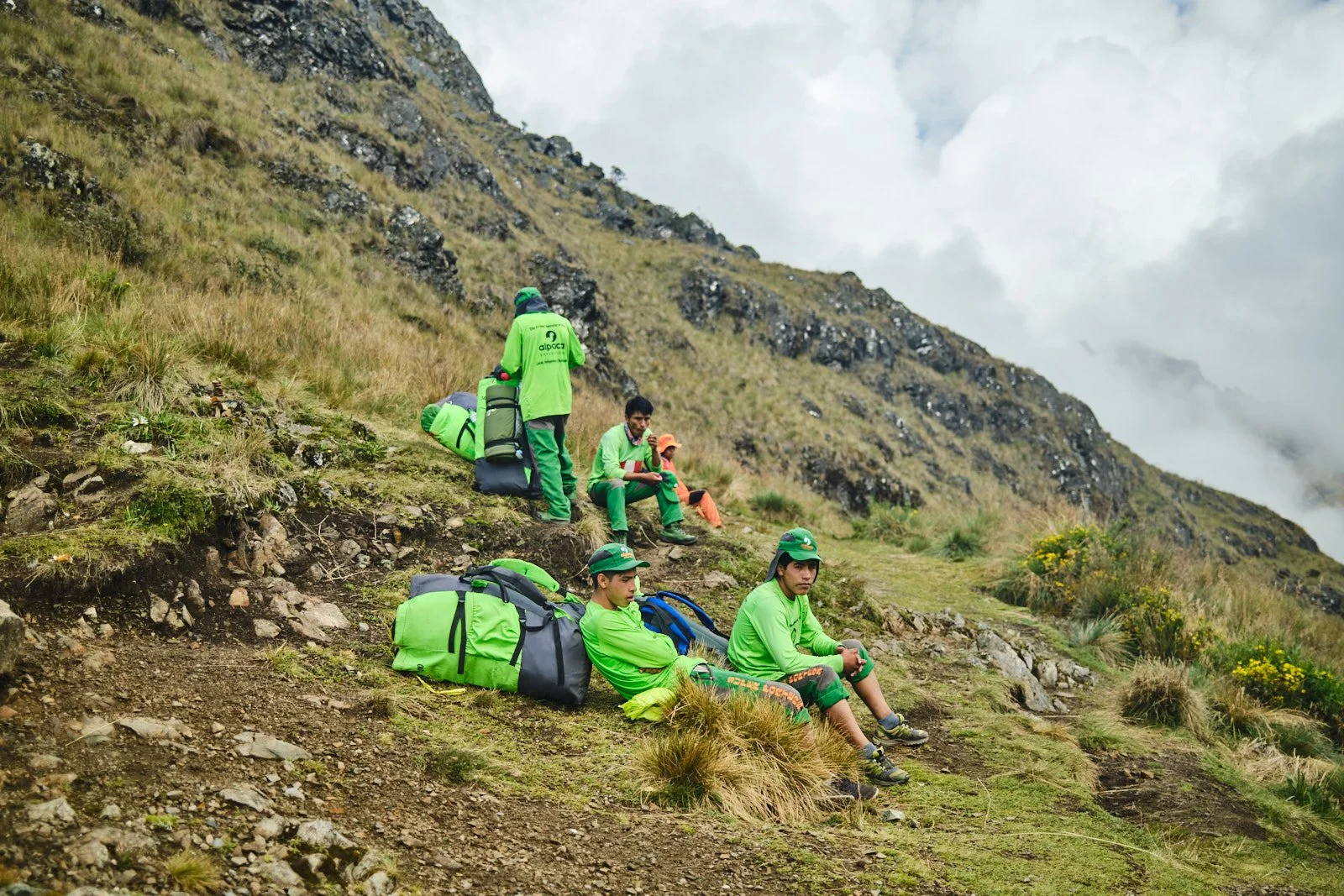

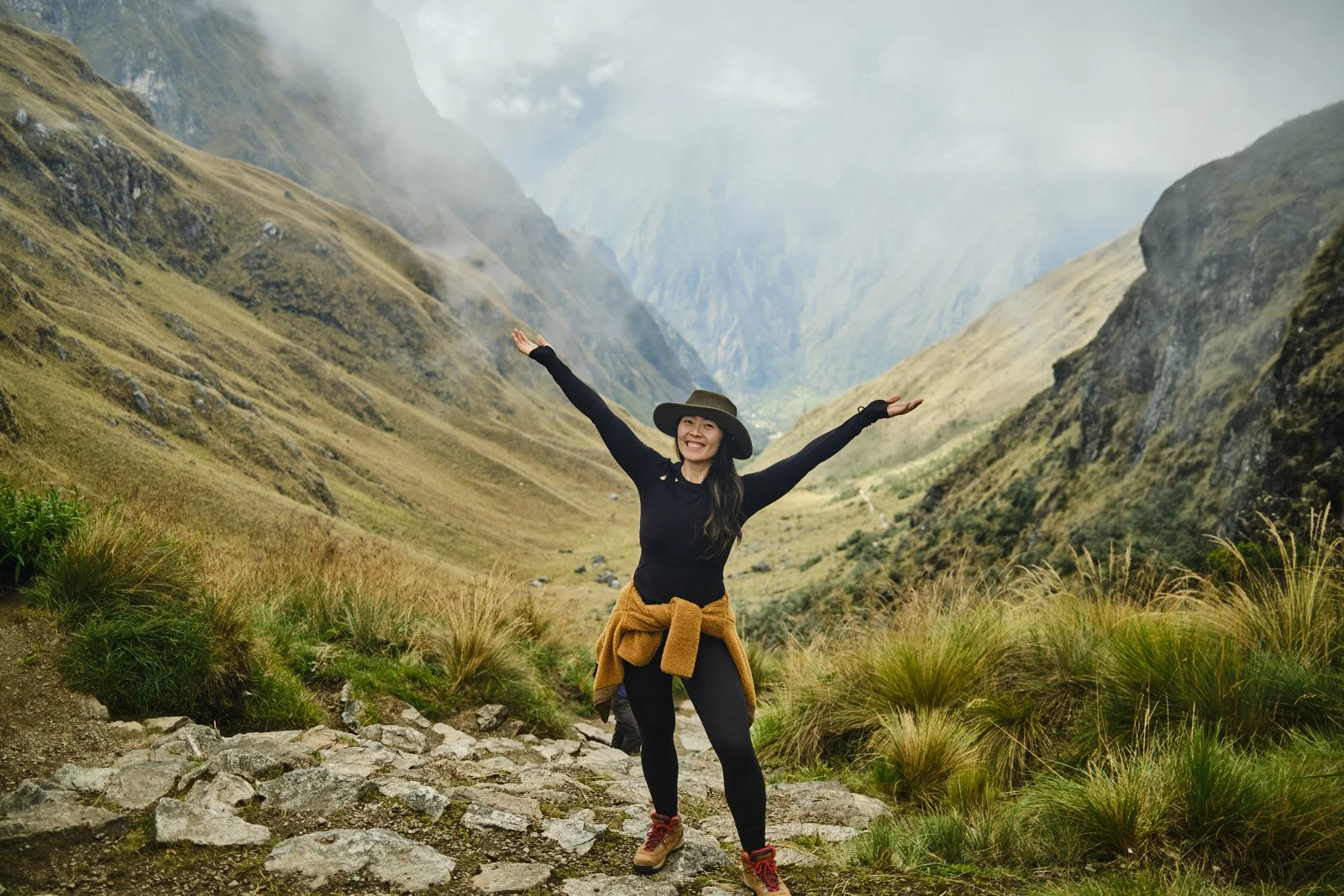






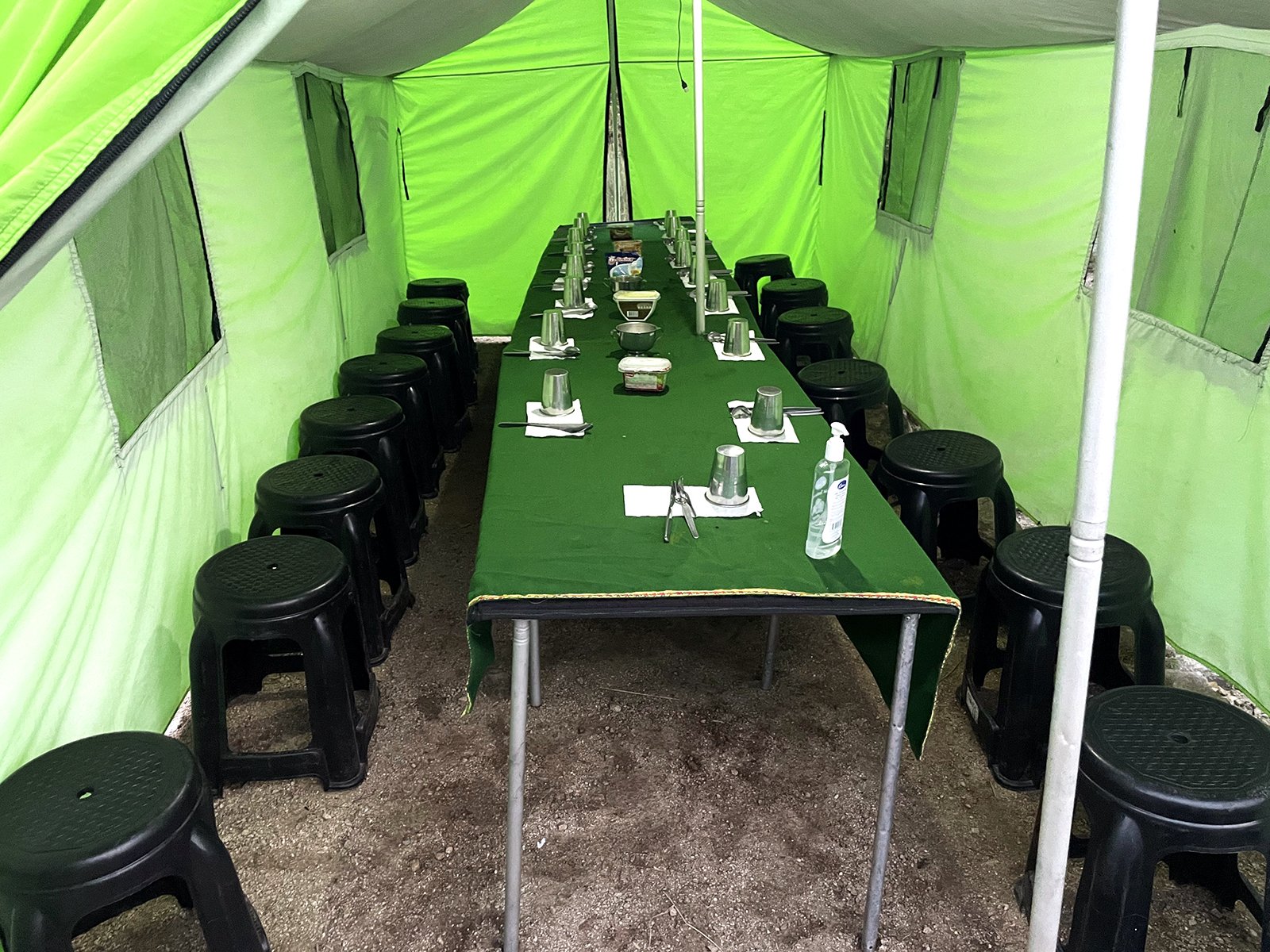



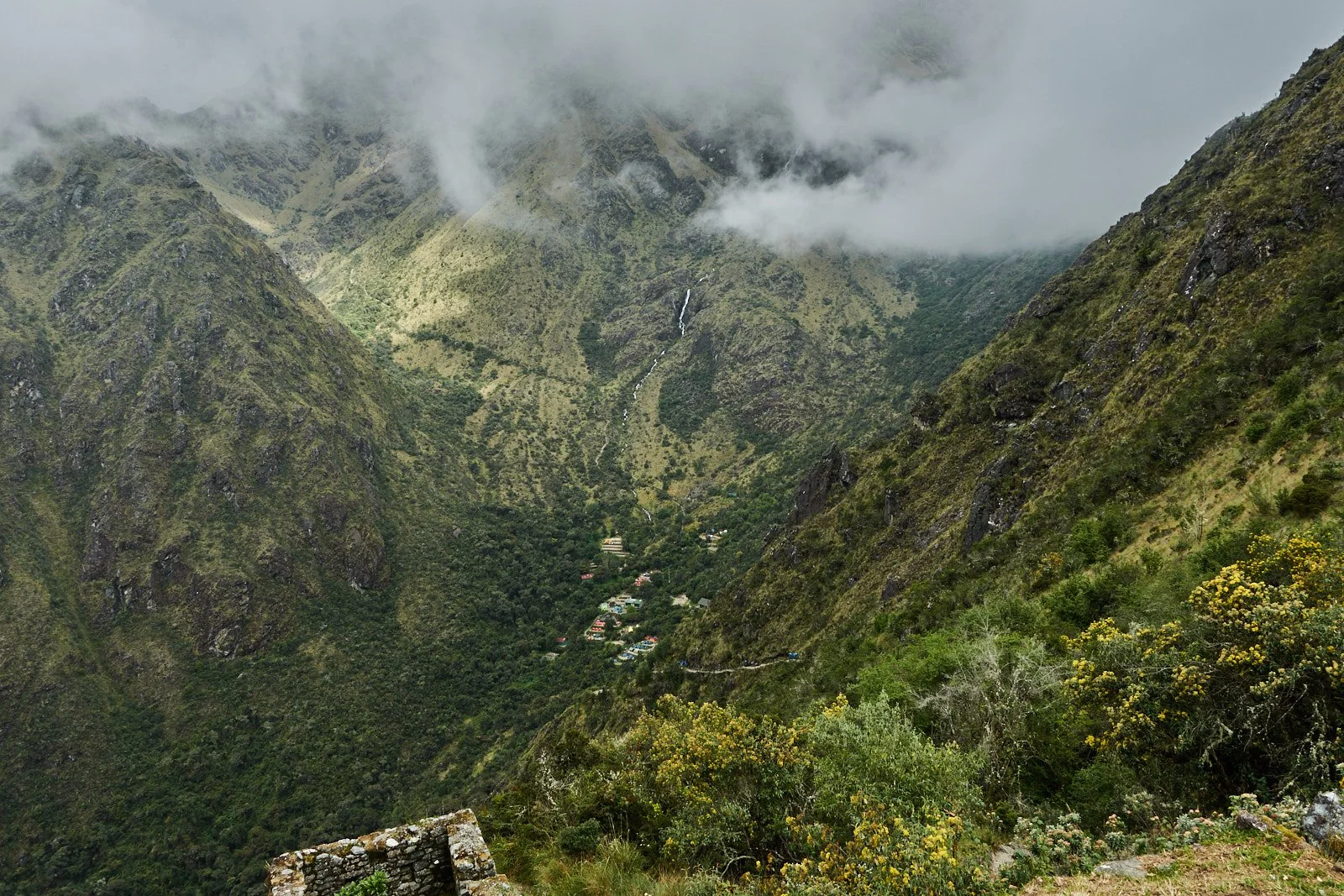


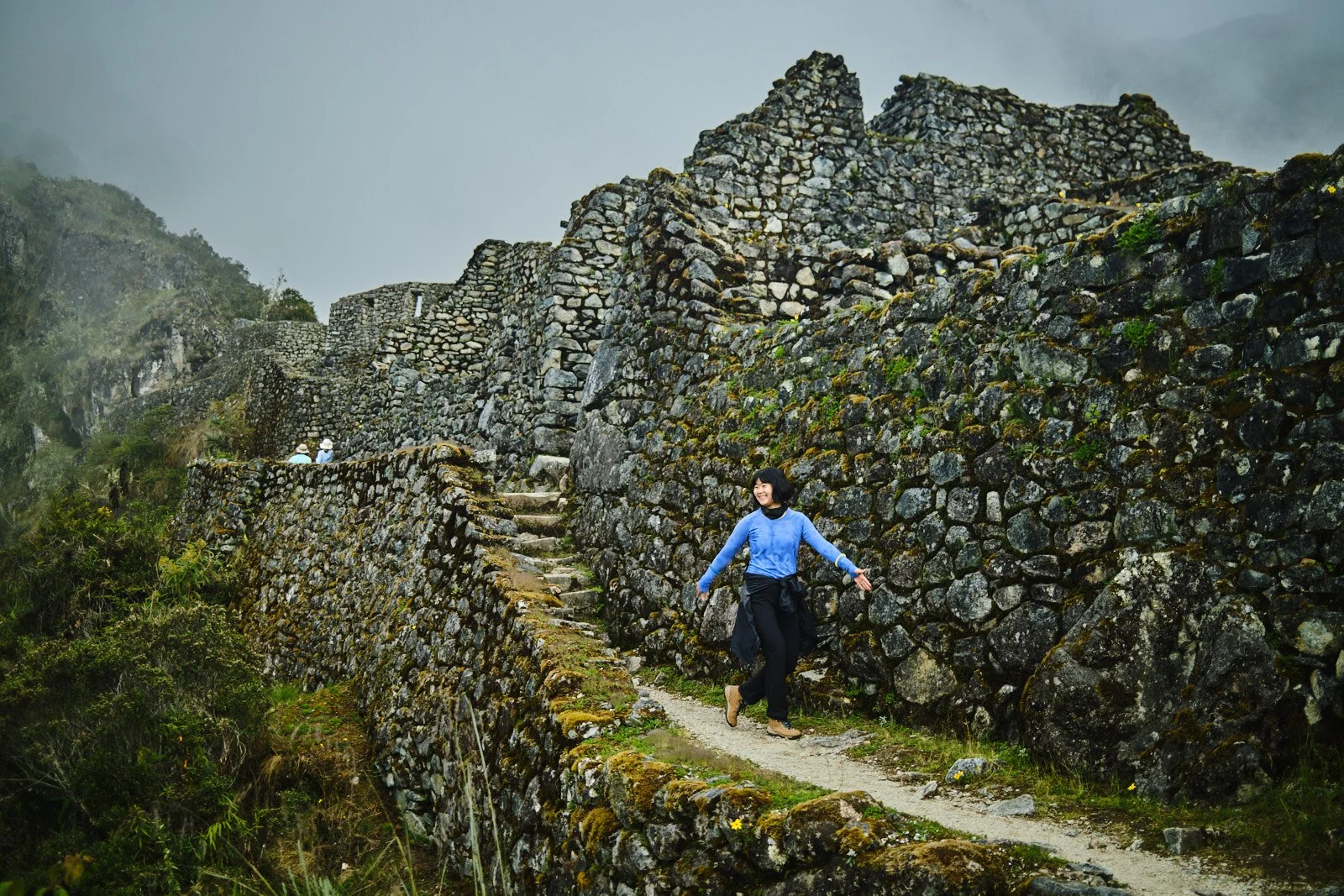







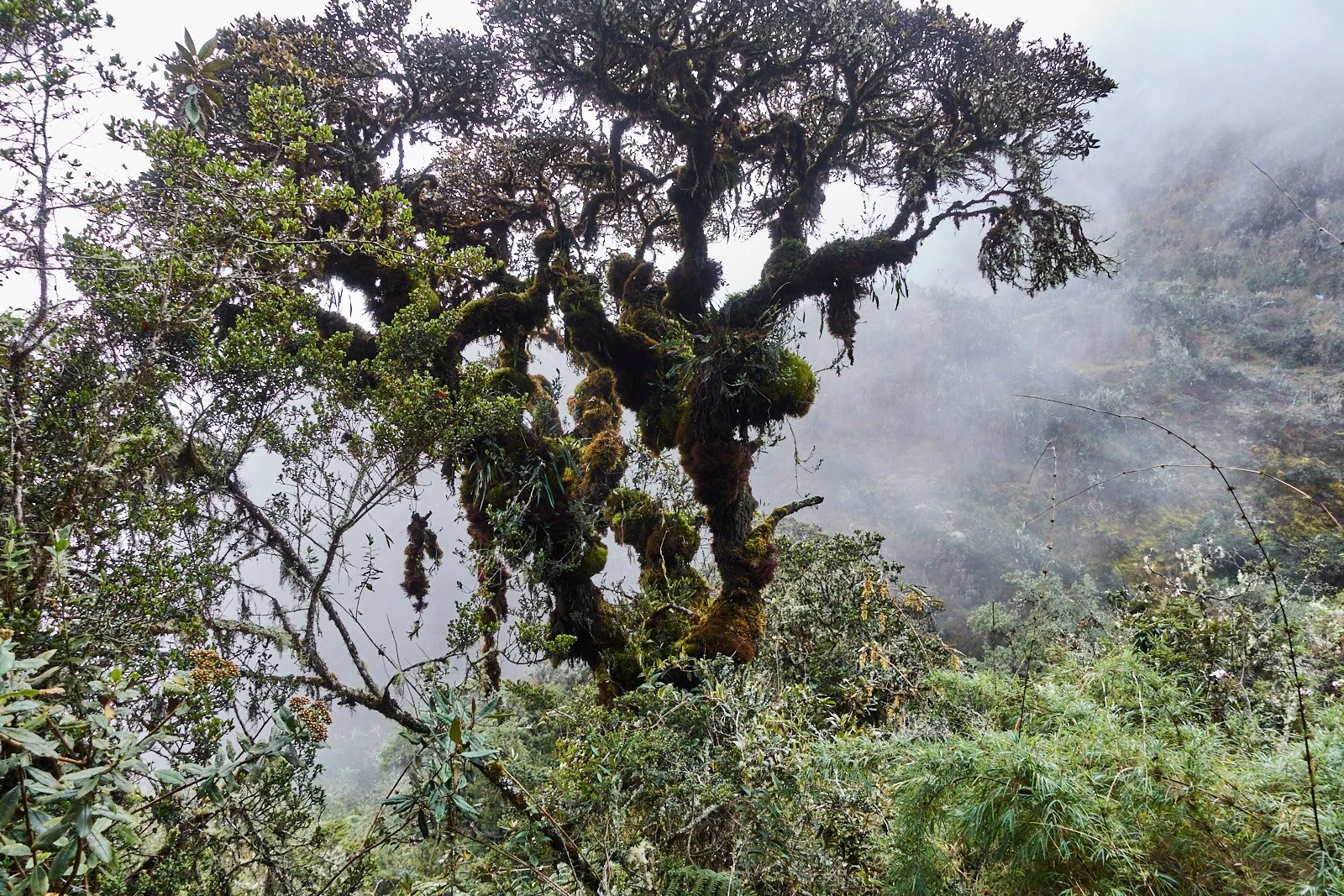





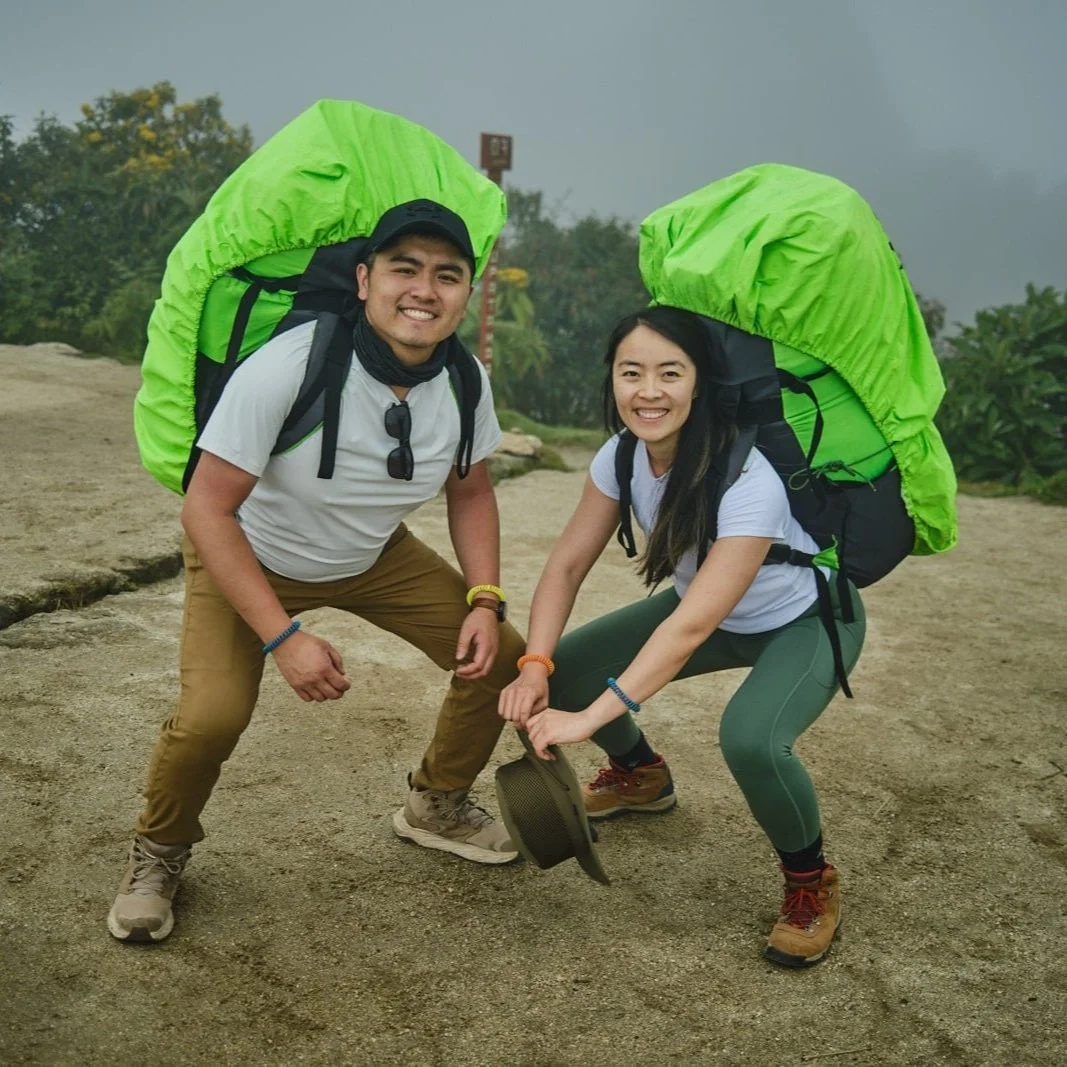






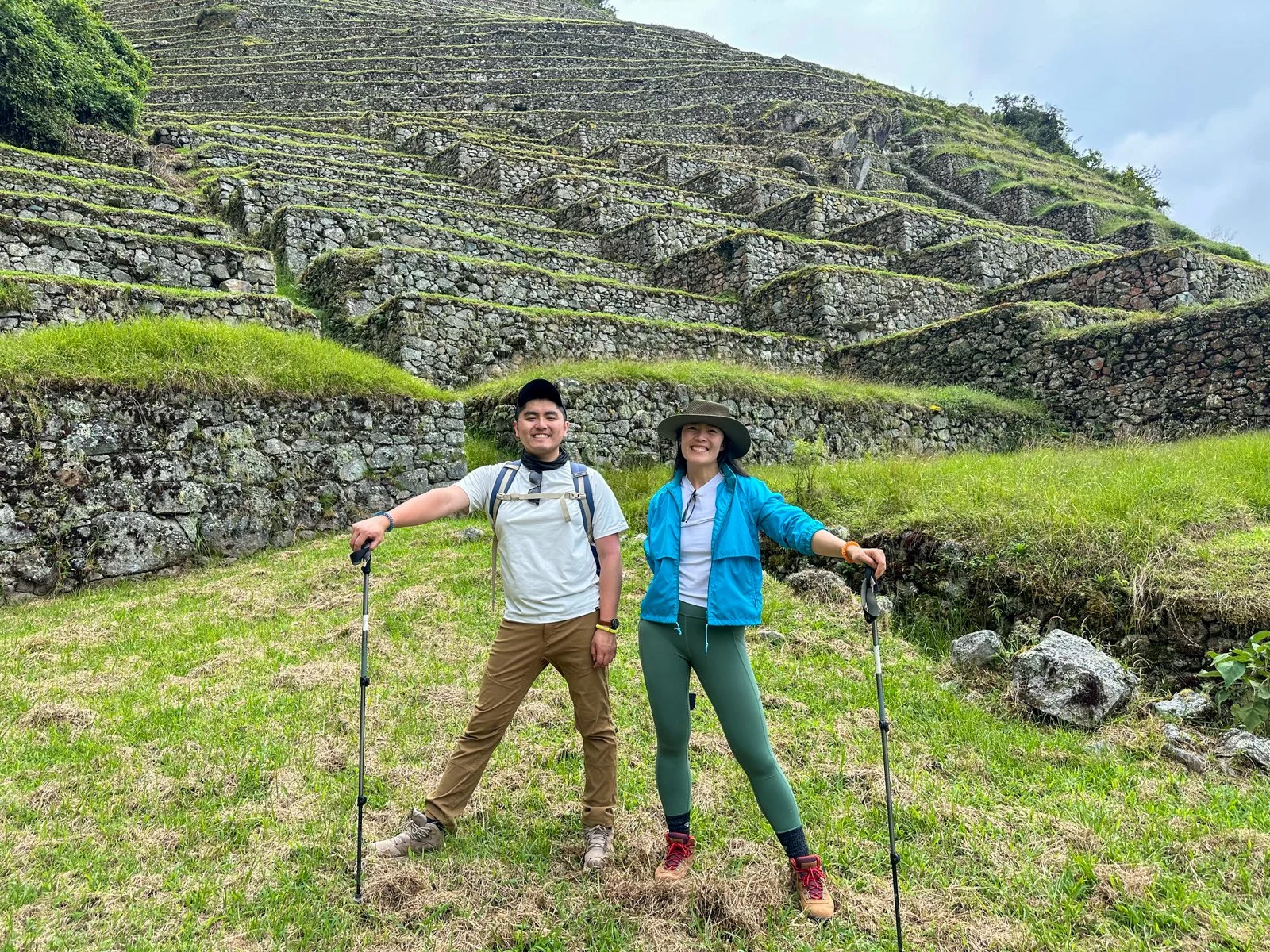



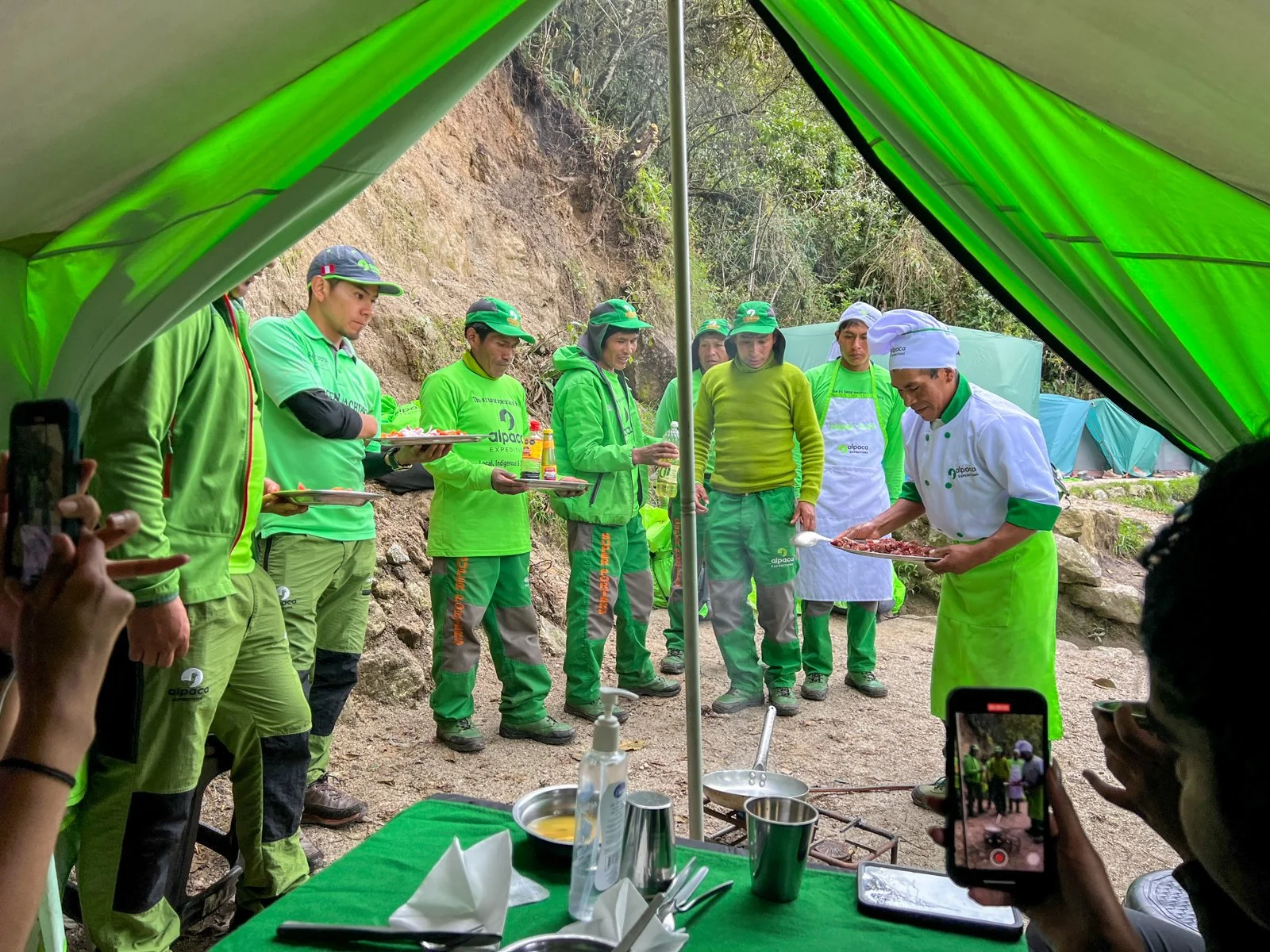



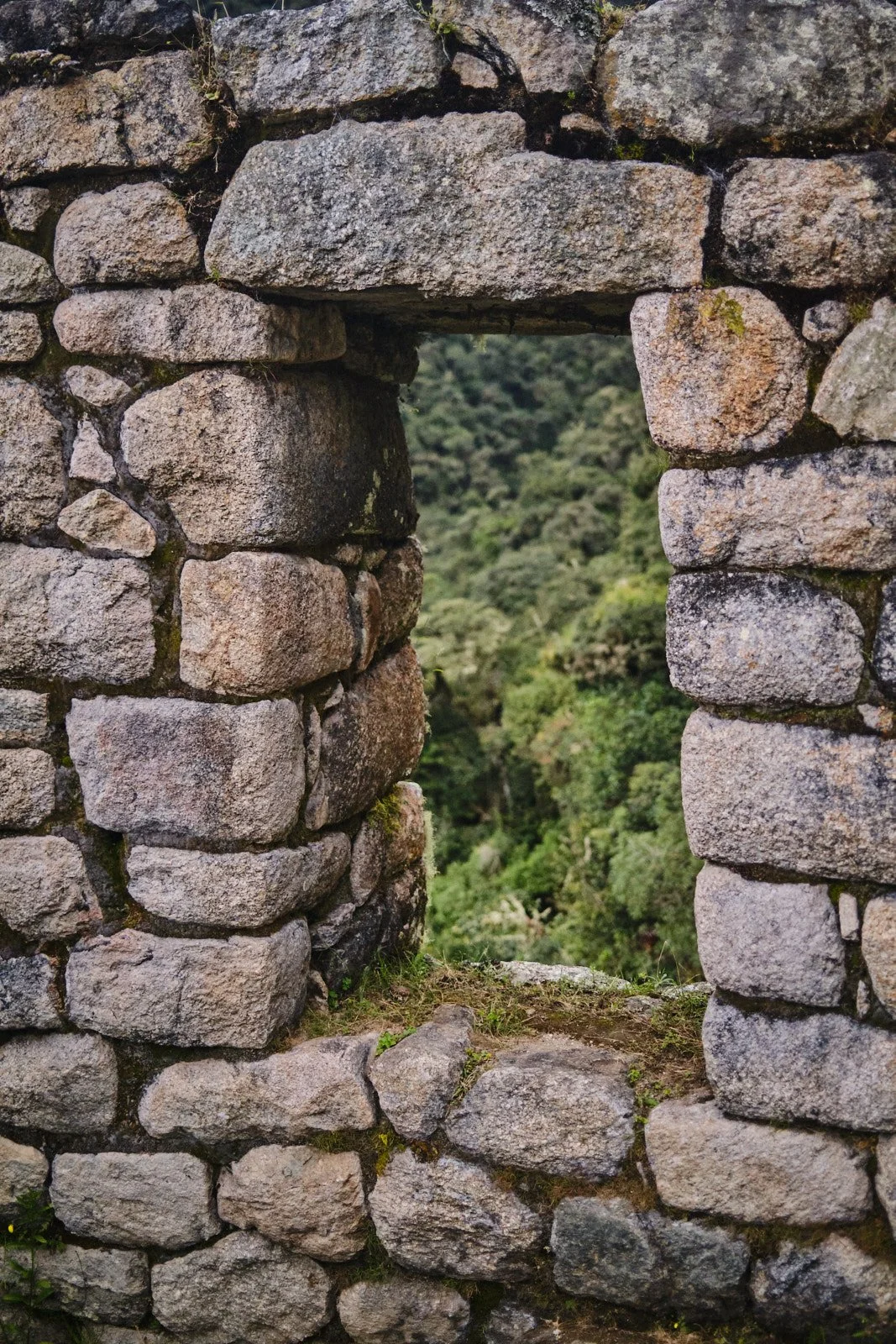

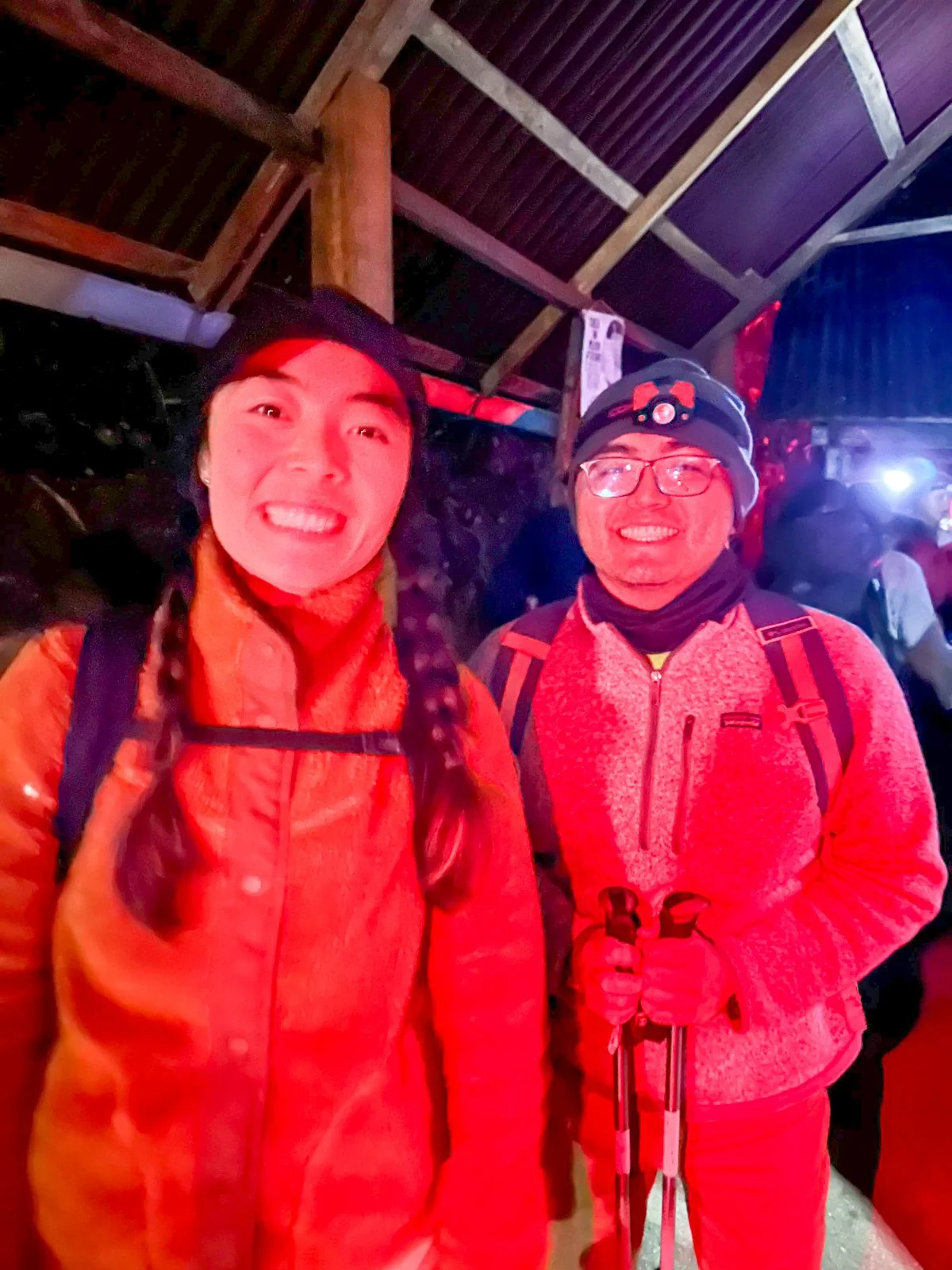
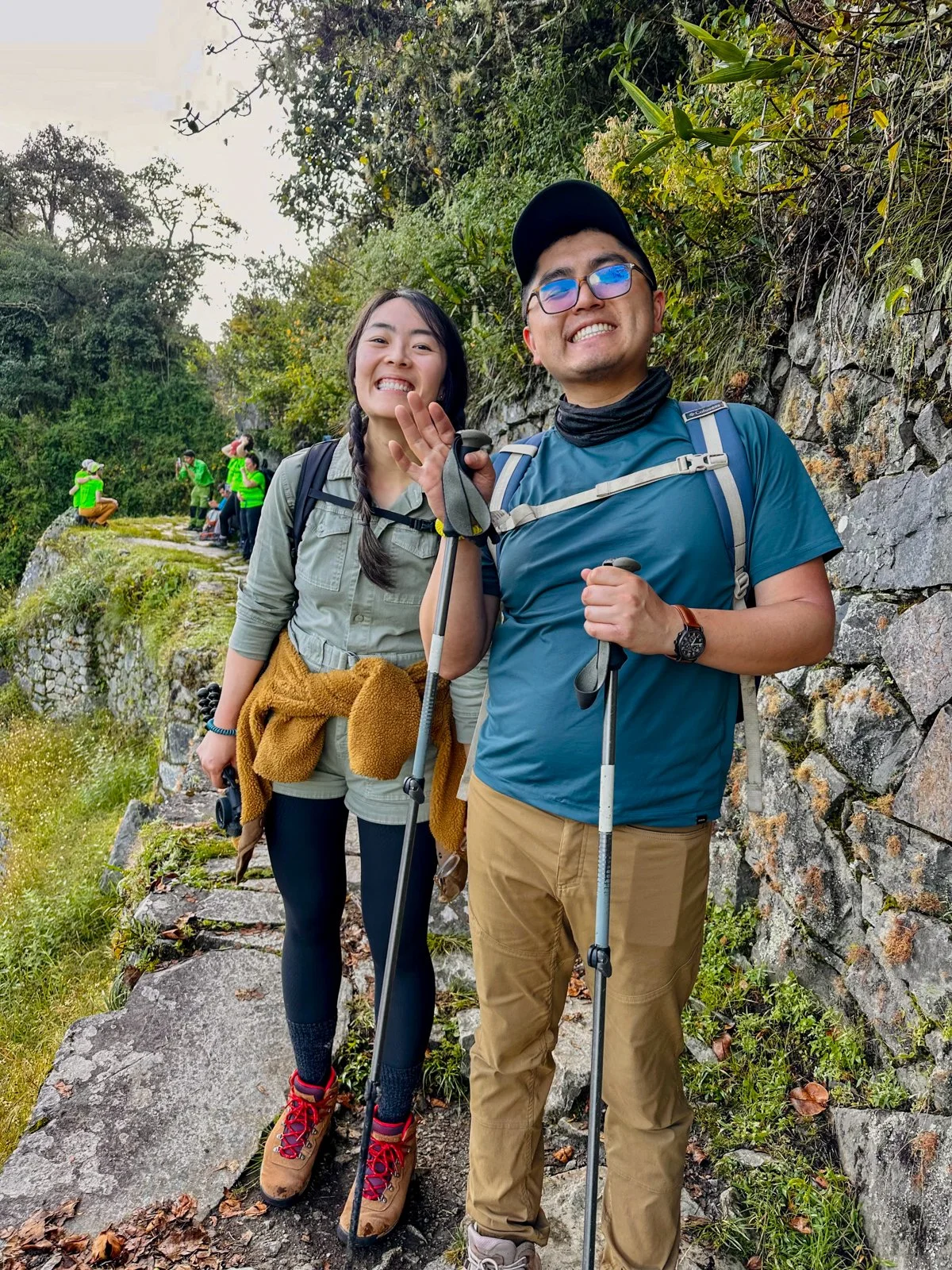






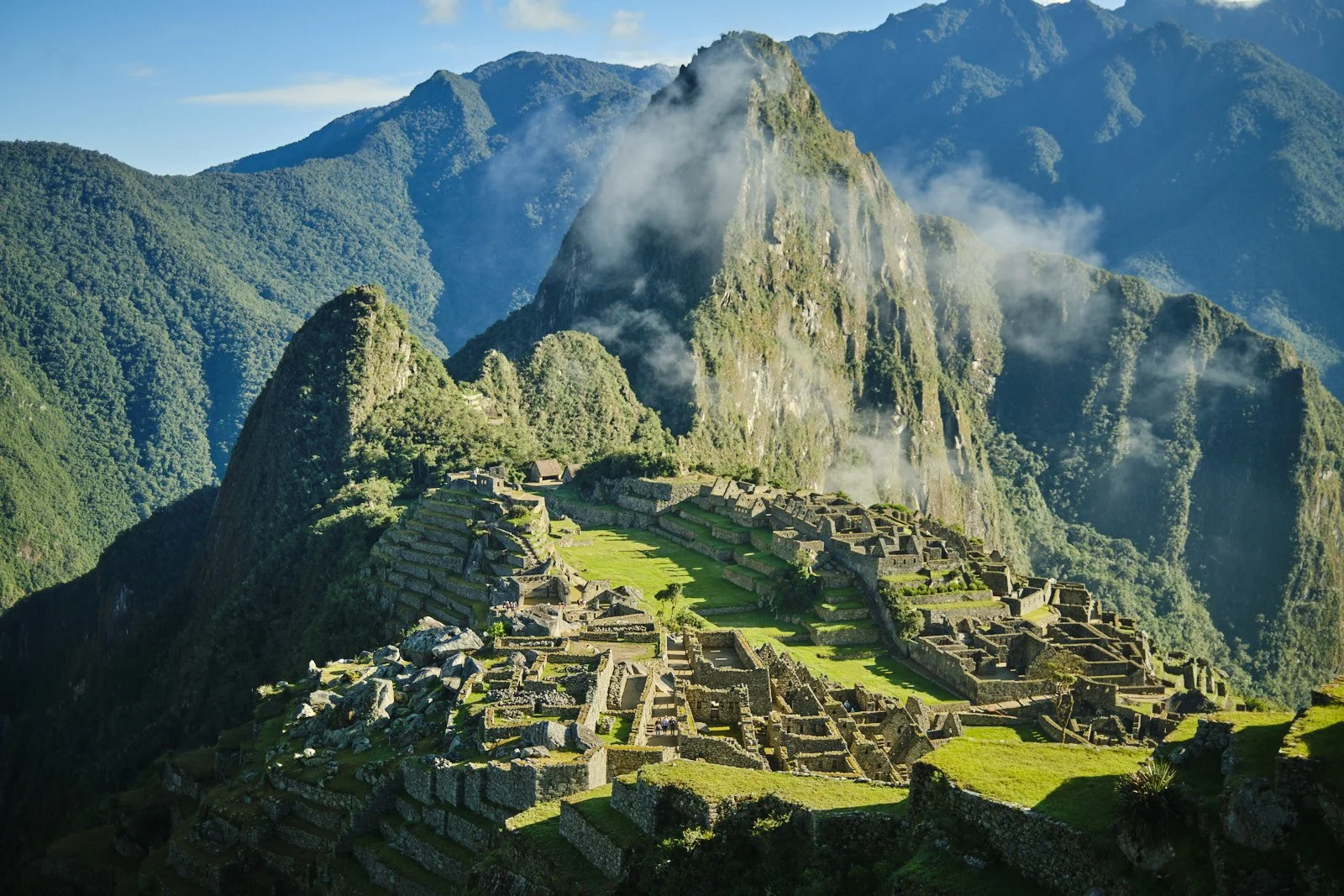
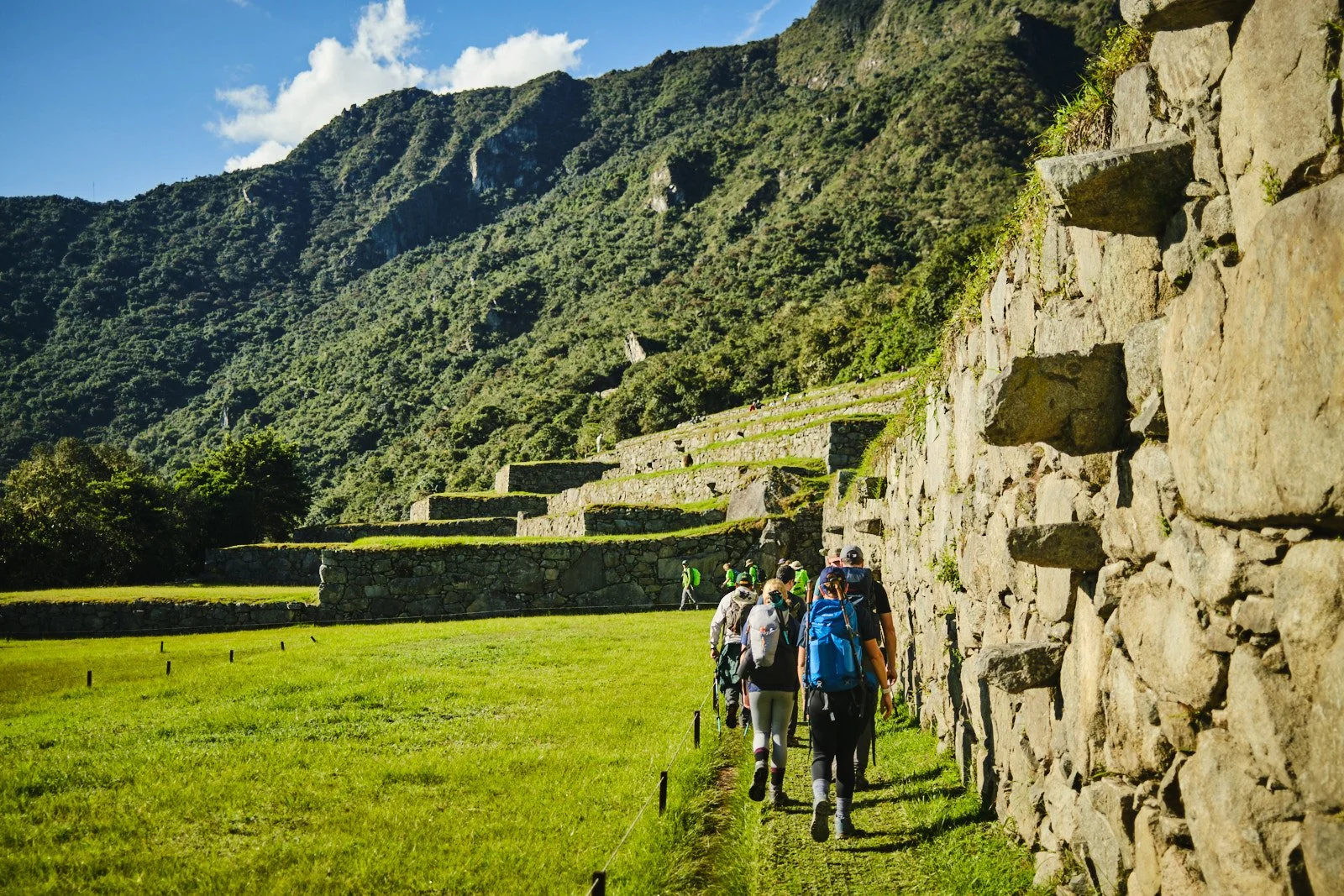
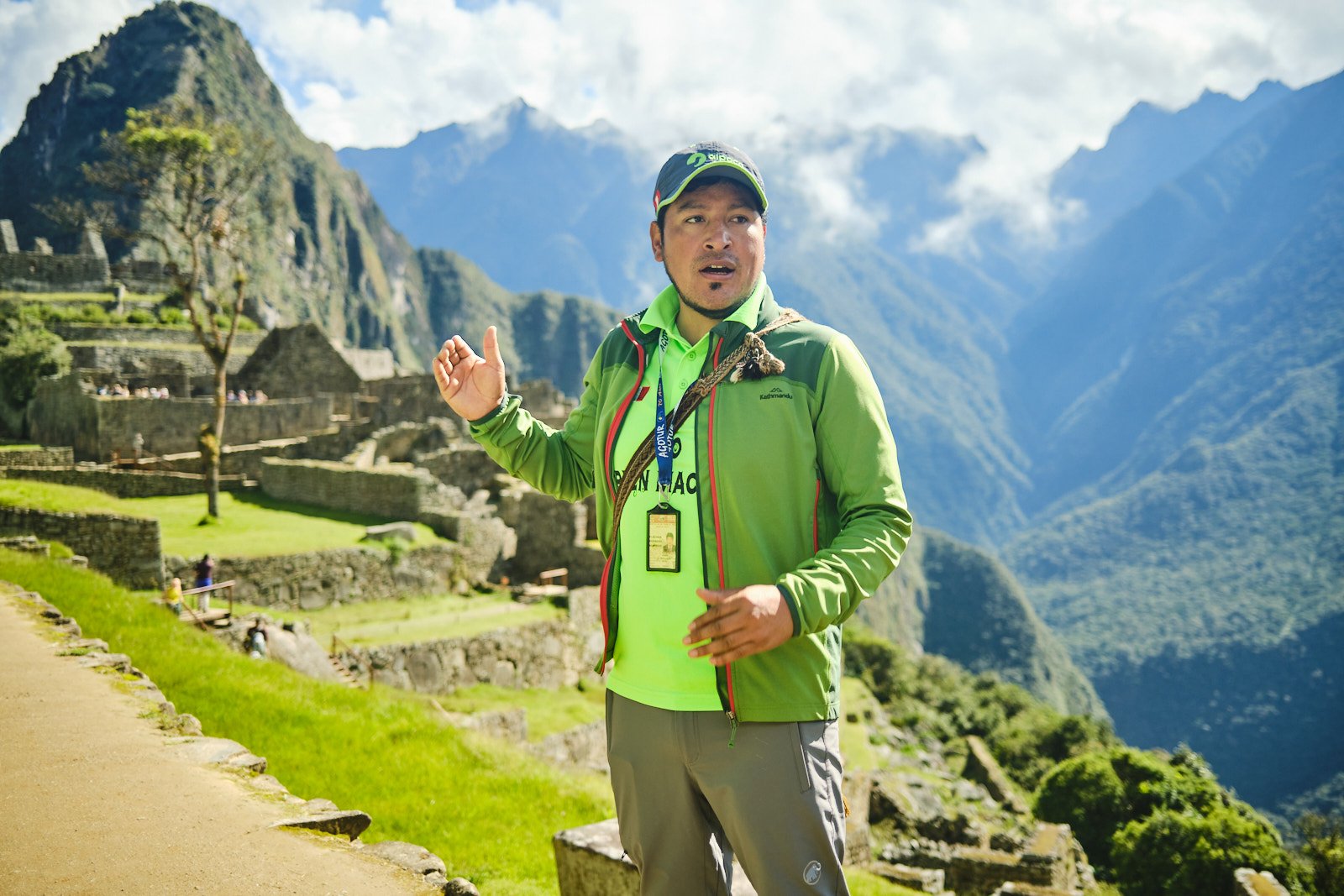
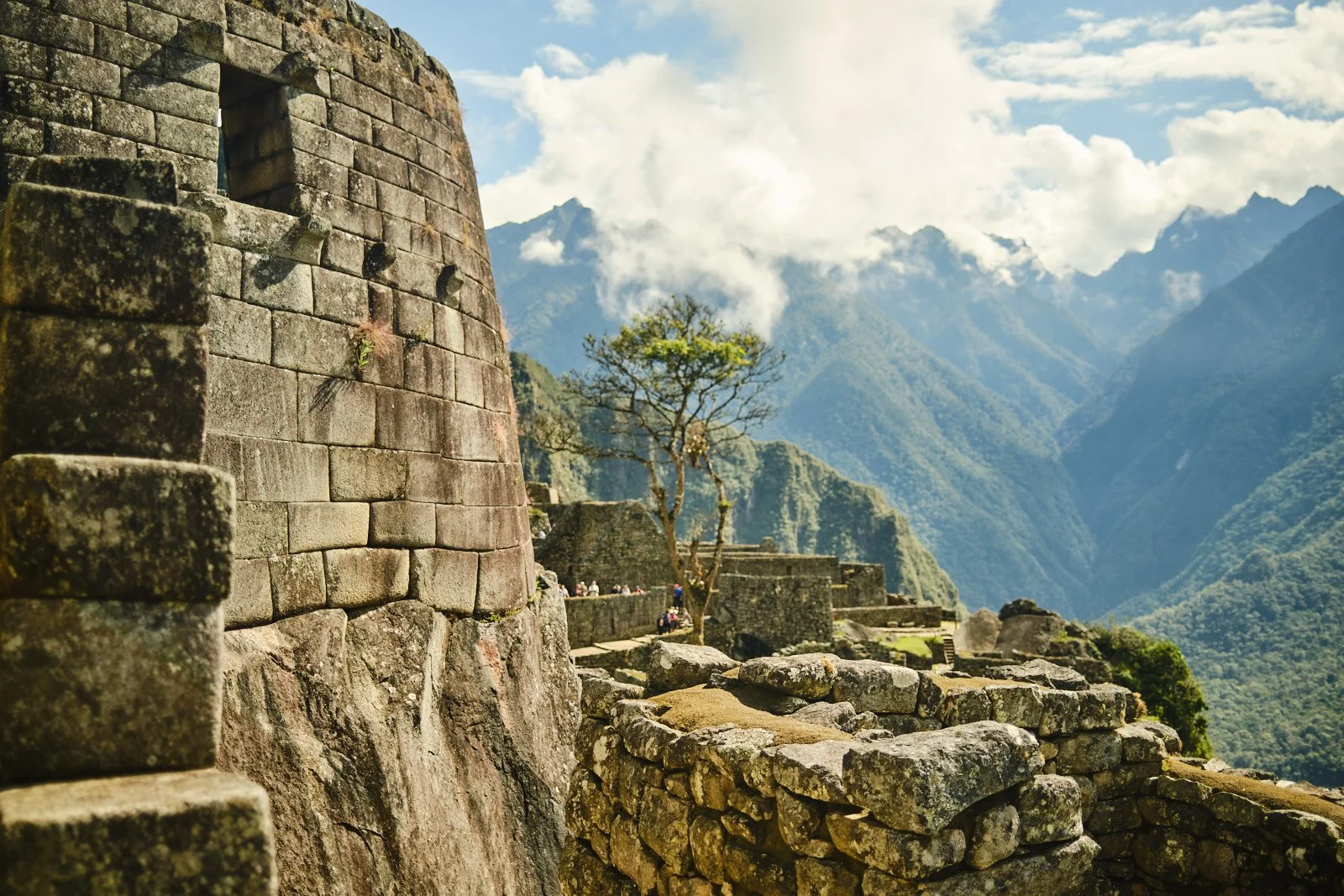

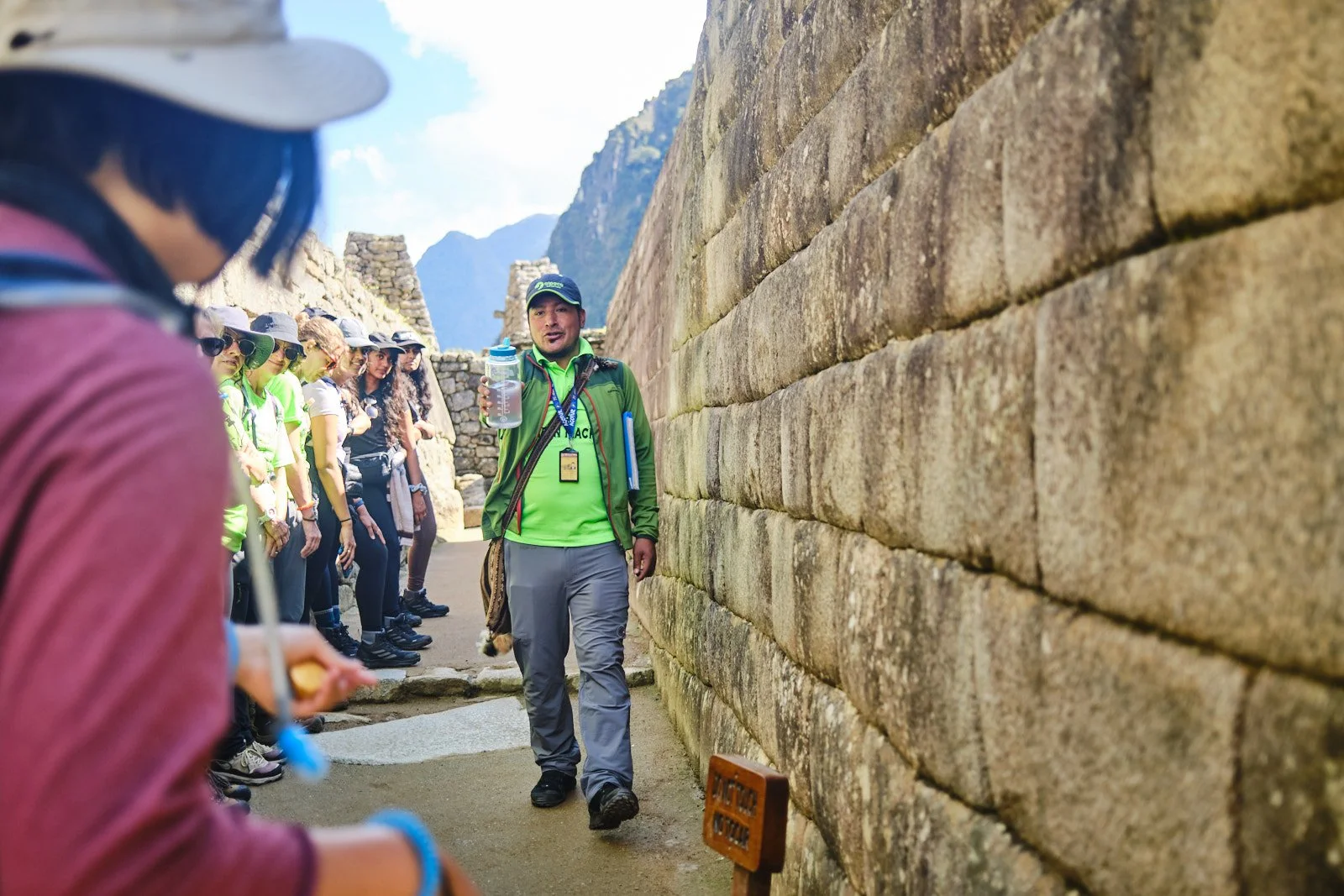




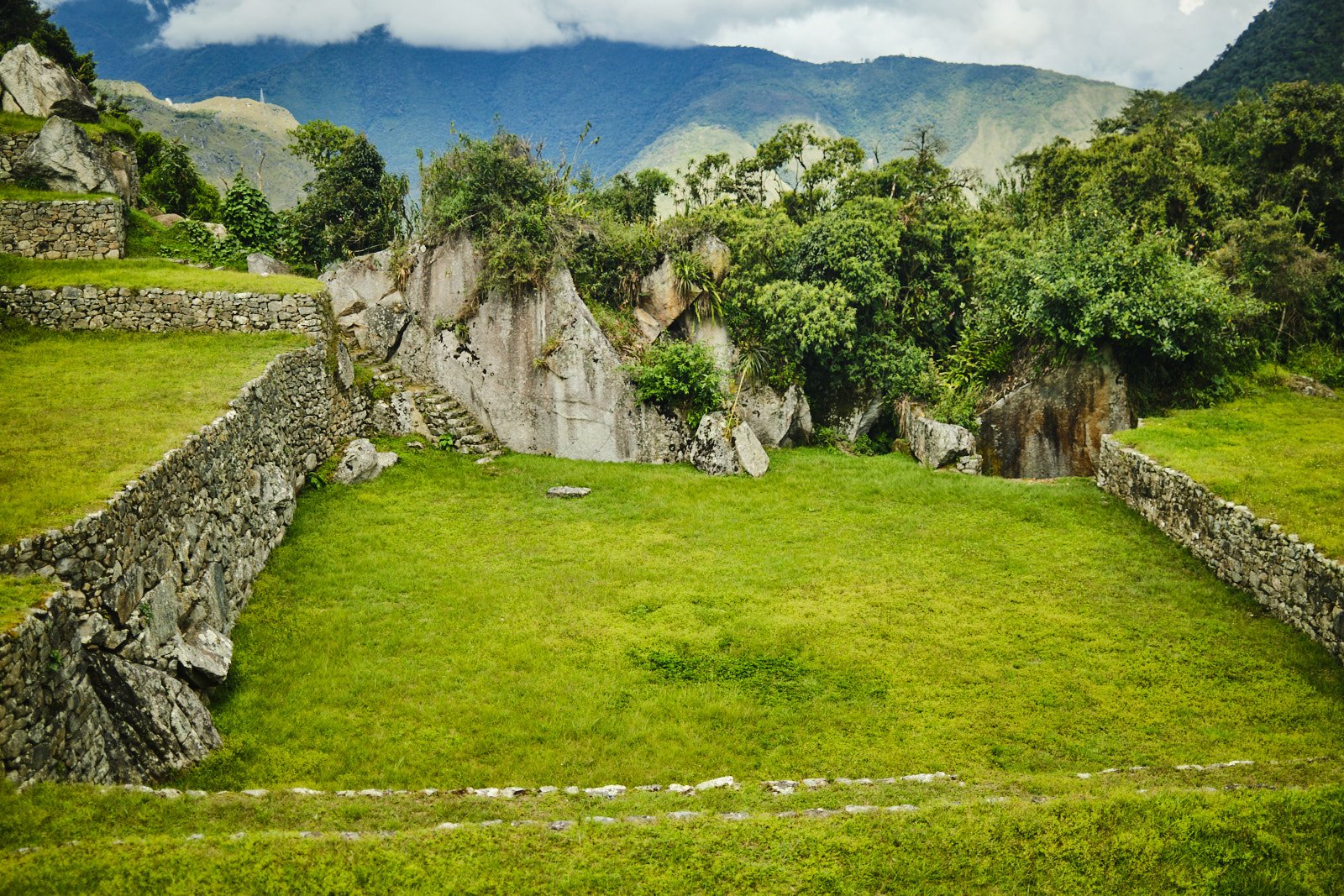



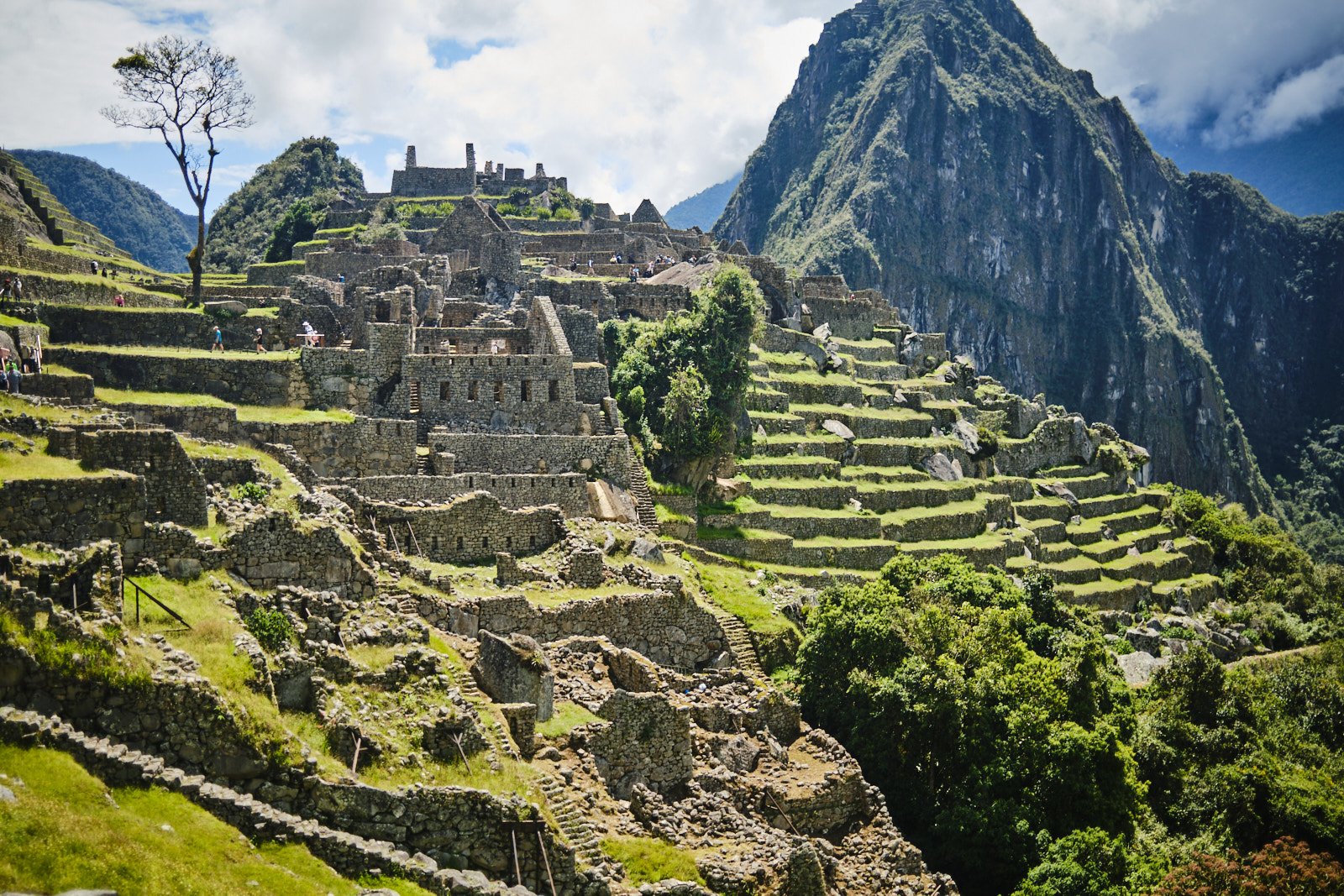





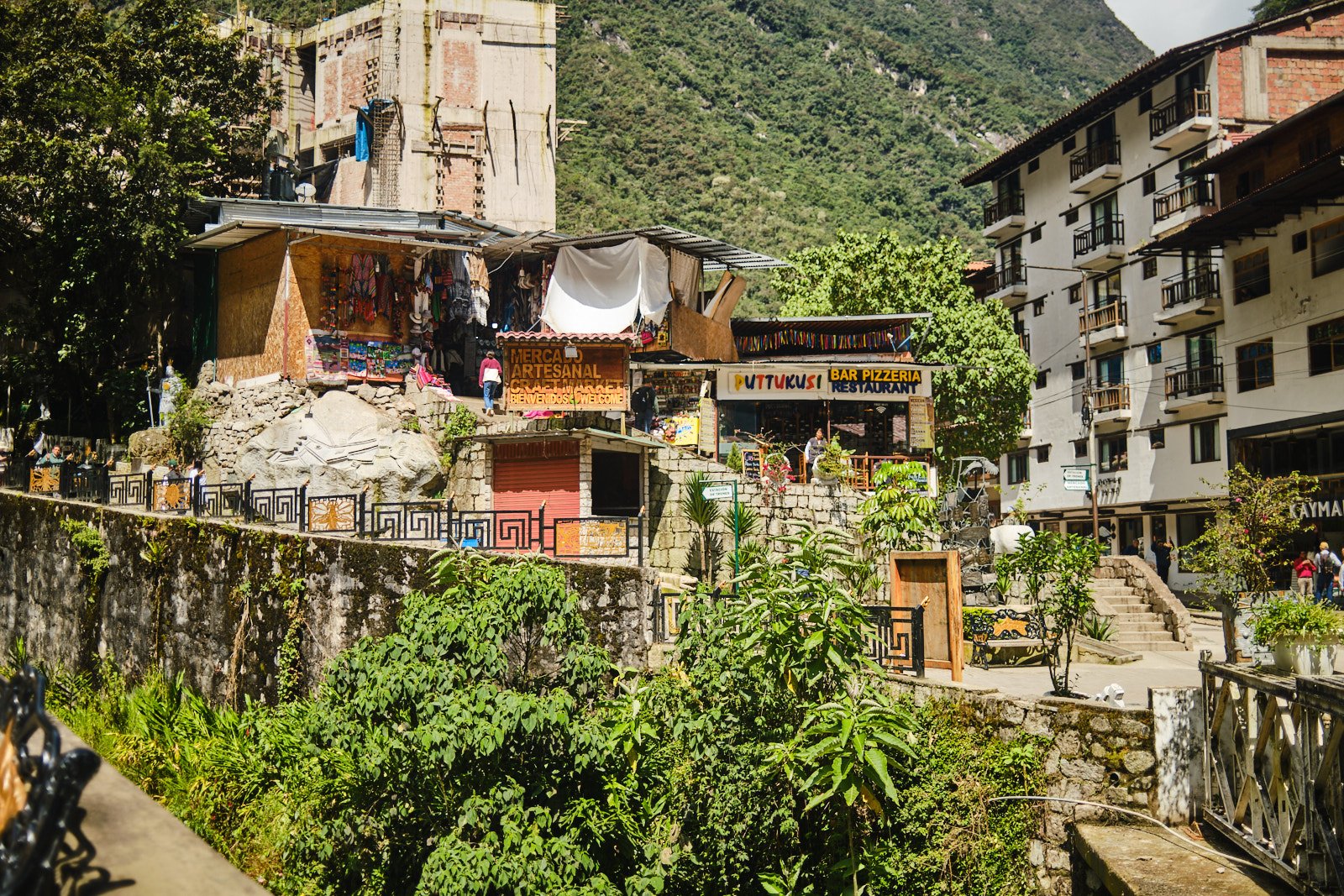







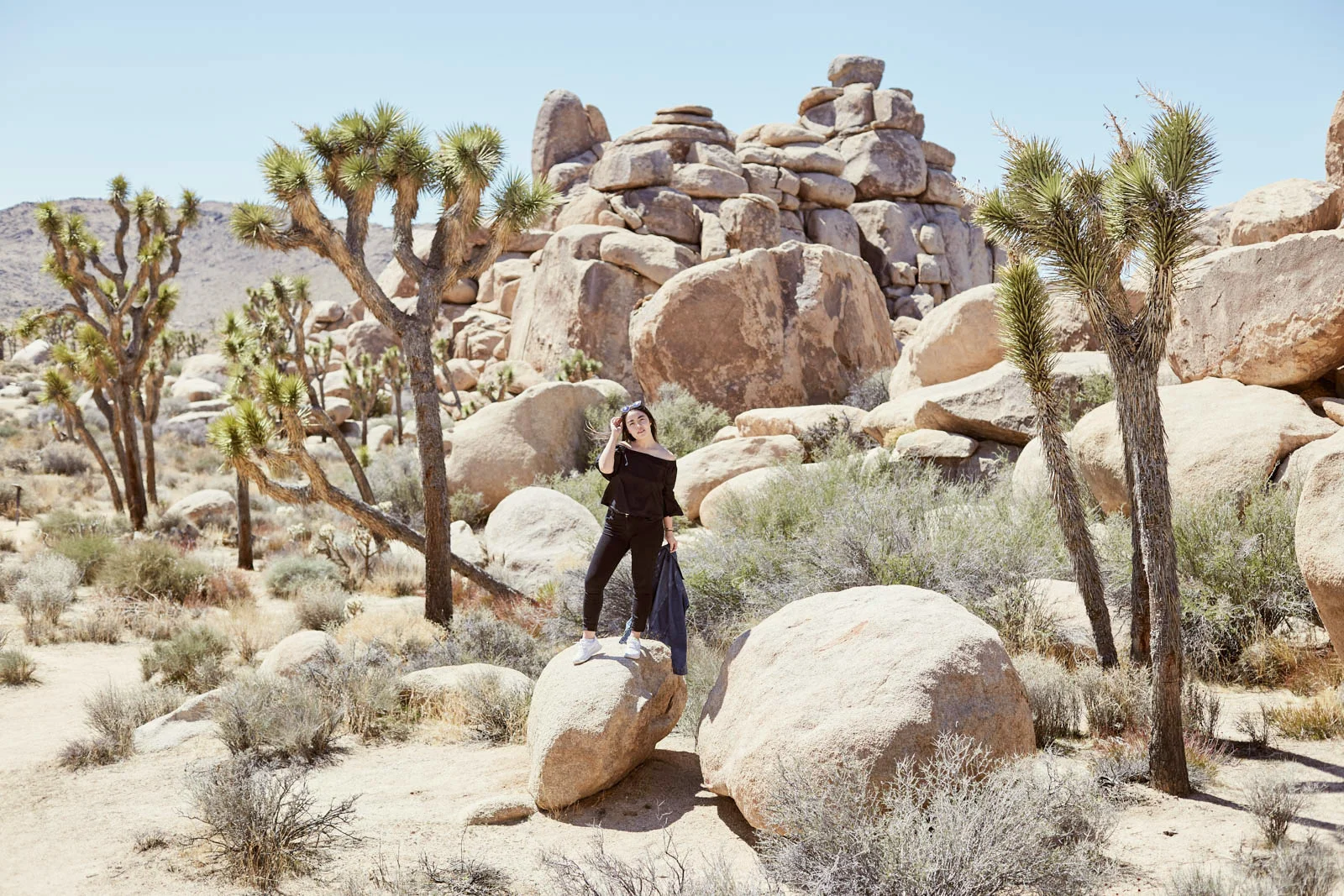

I took a gamble on Frontier Airlines again and booked $83 roundtrip flights to Denver. And we had a rockin’ time.